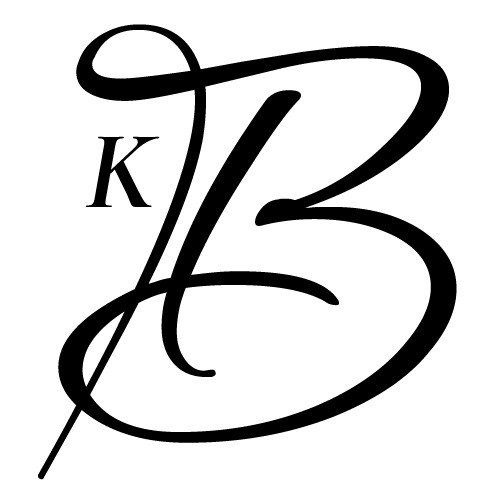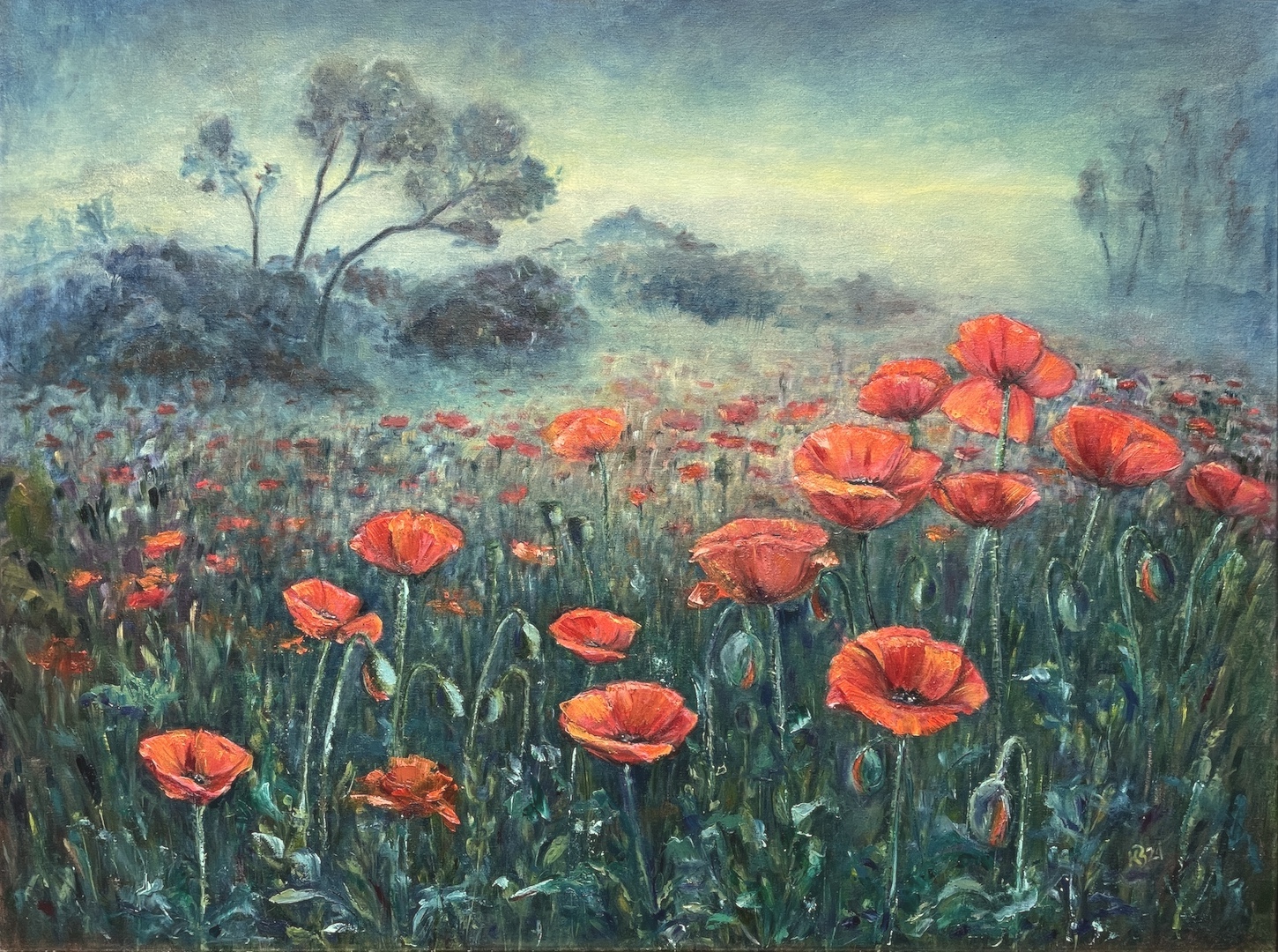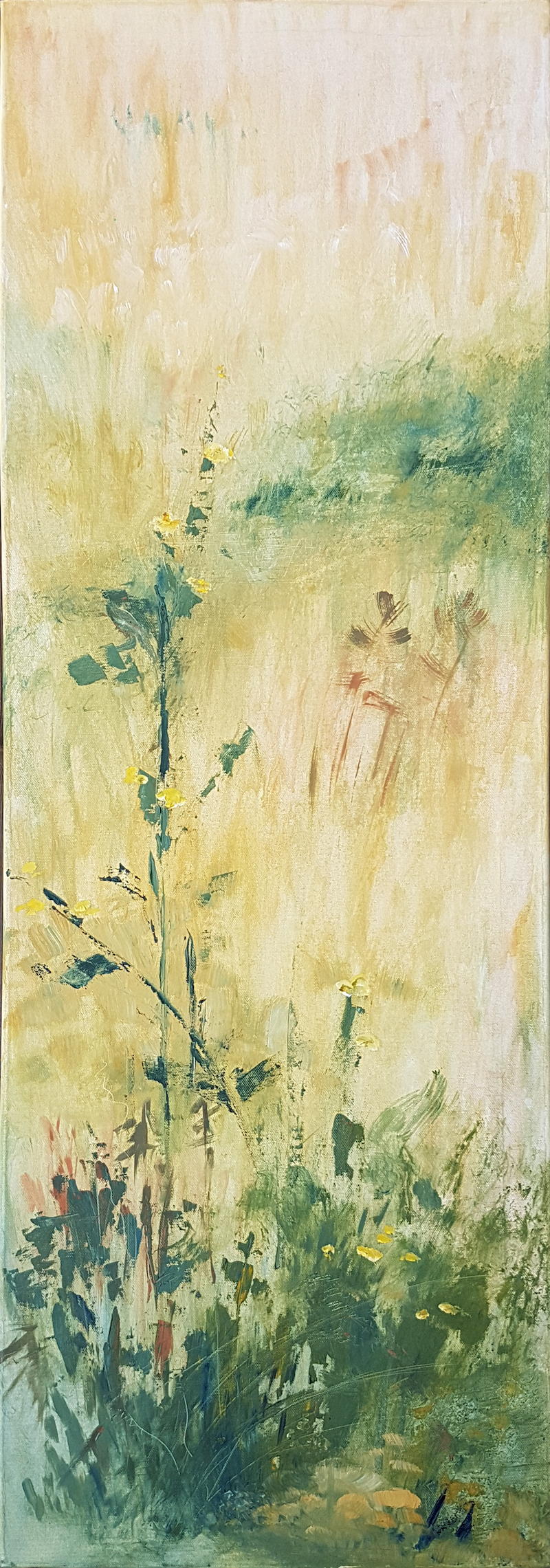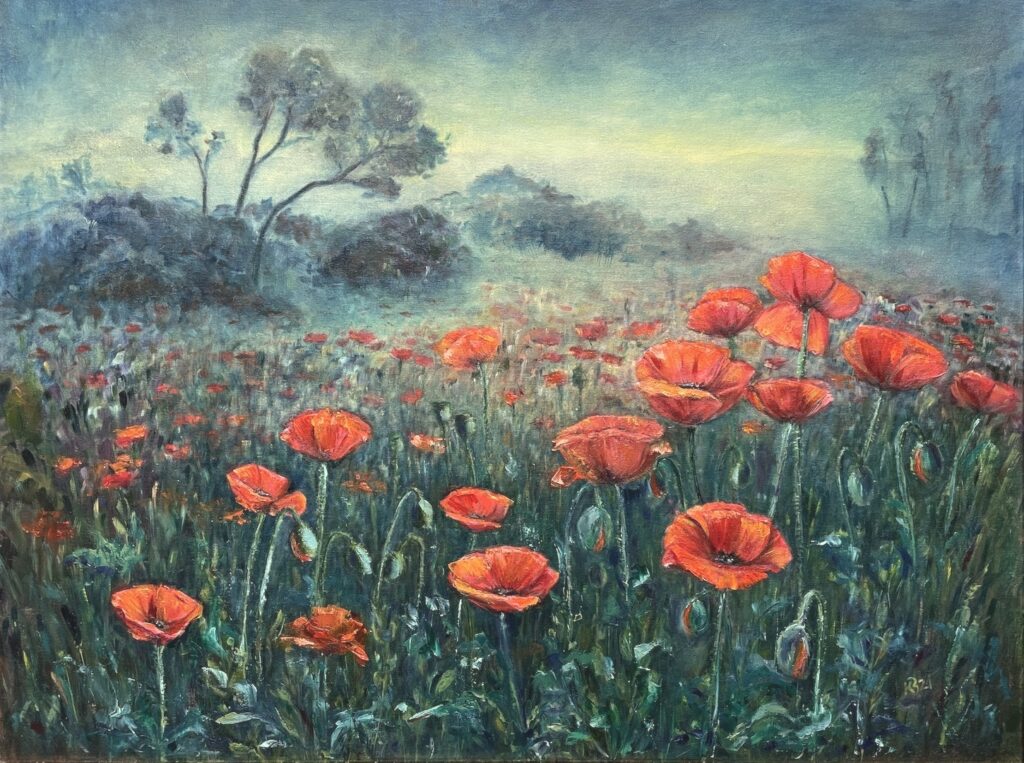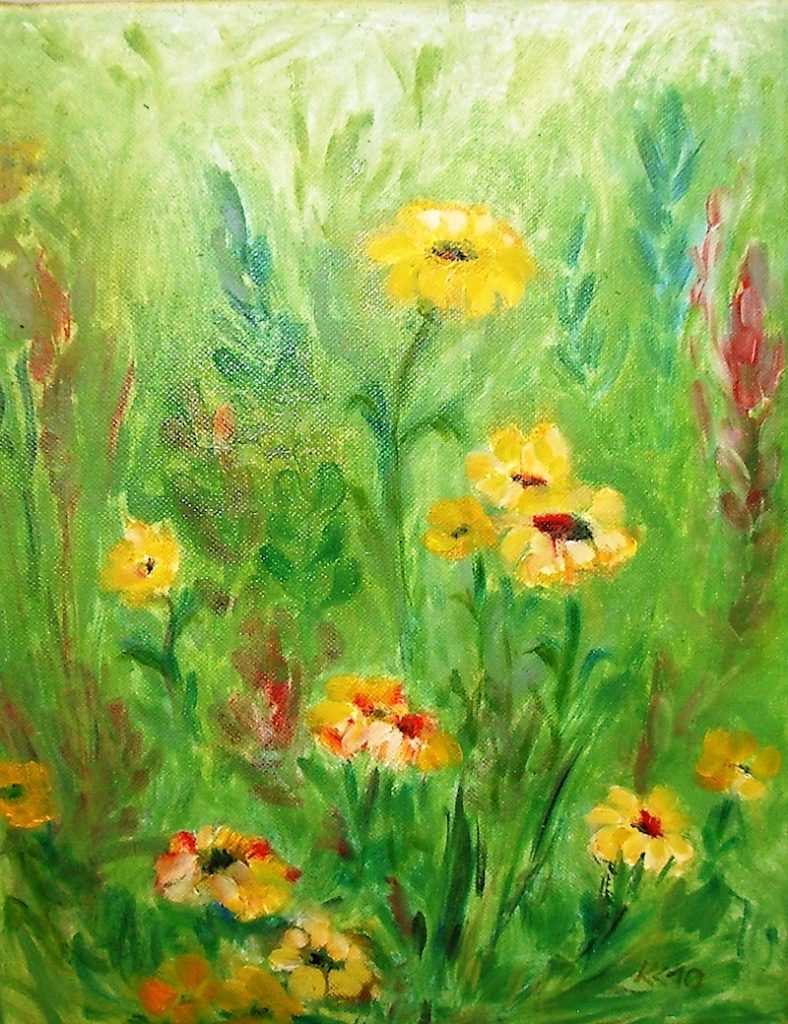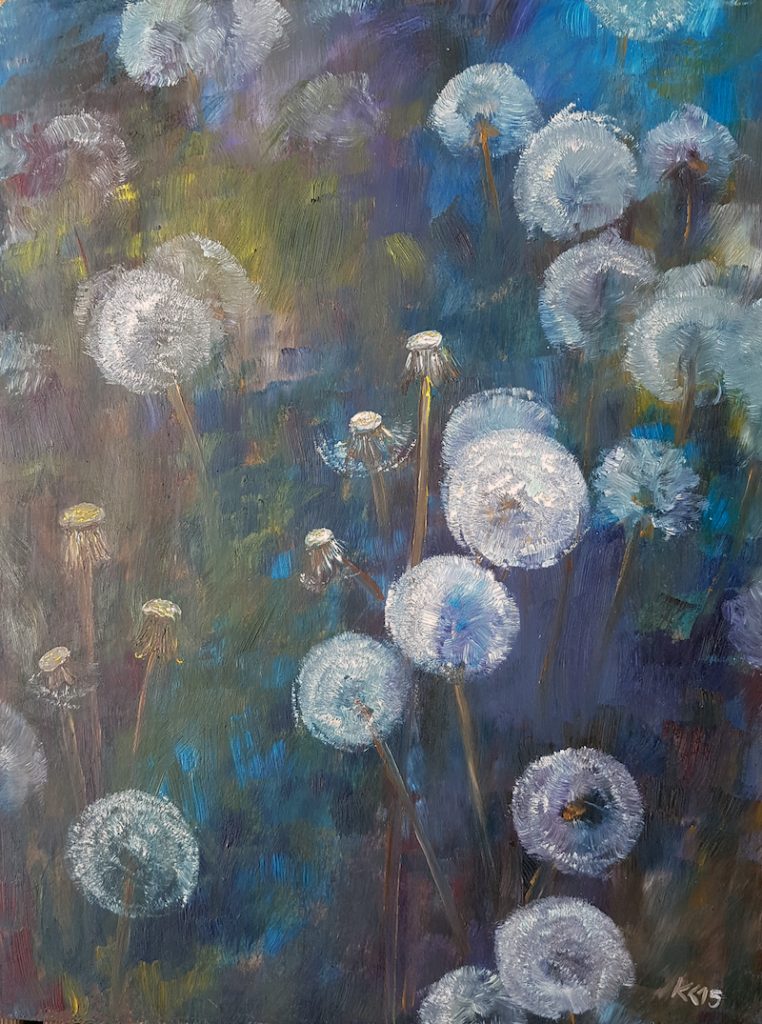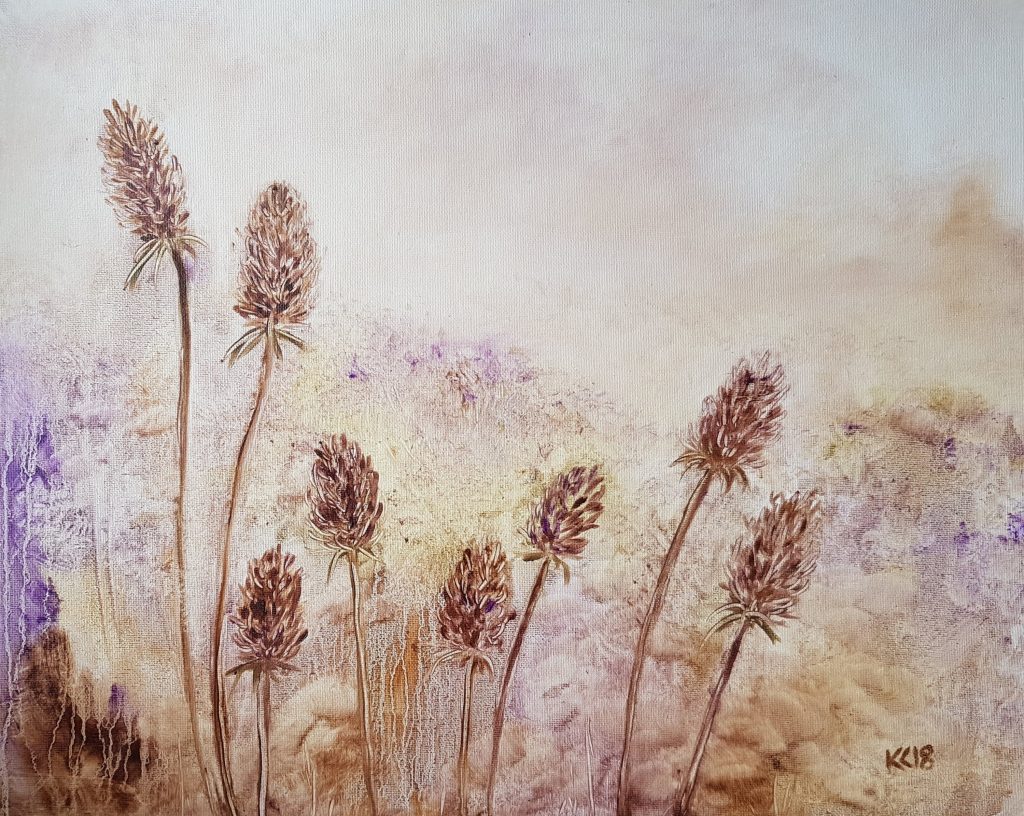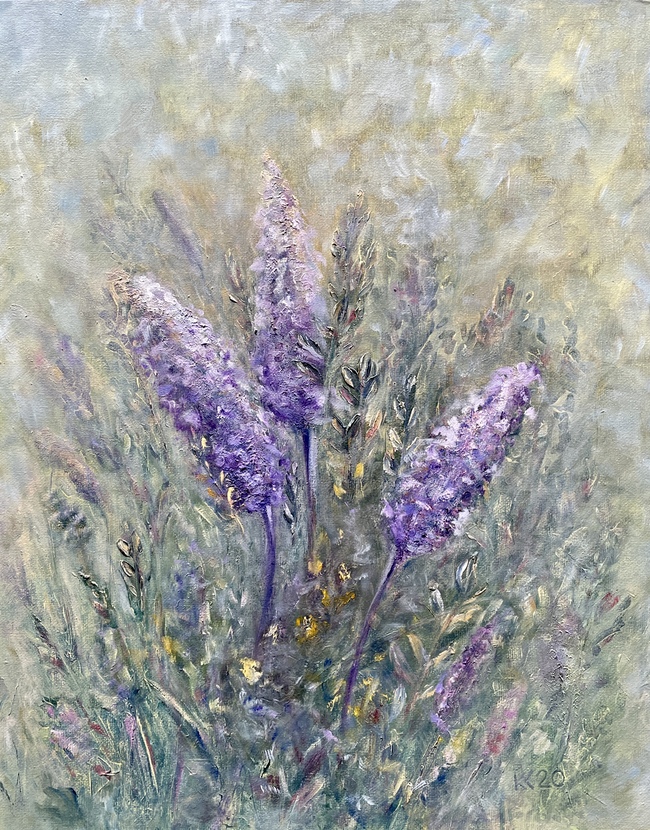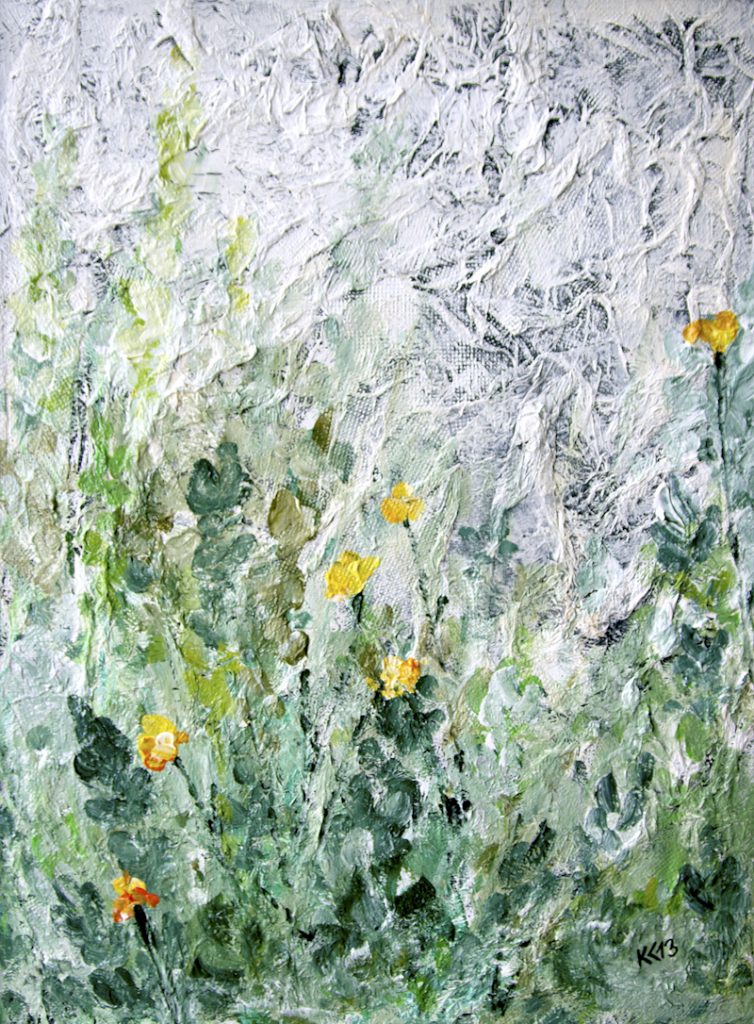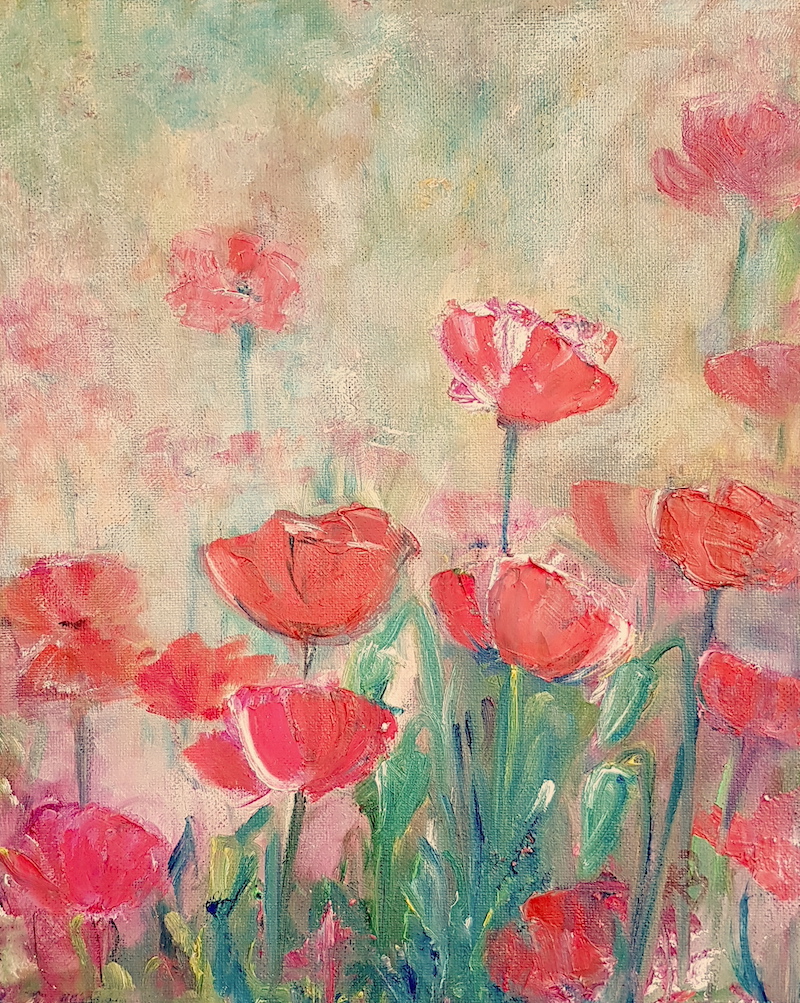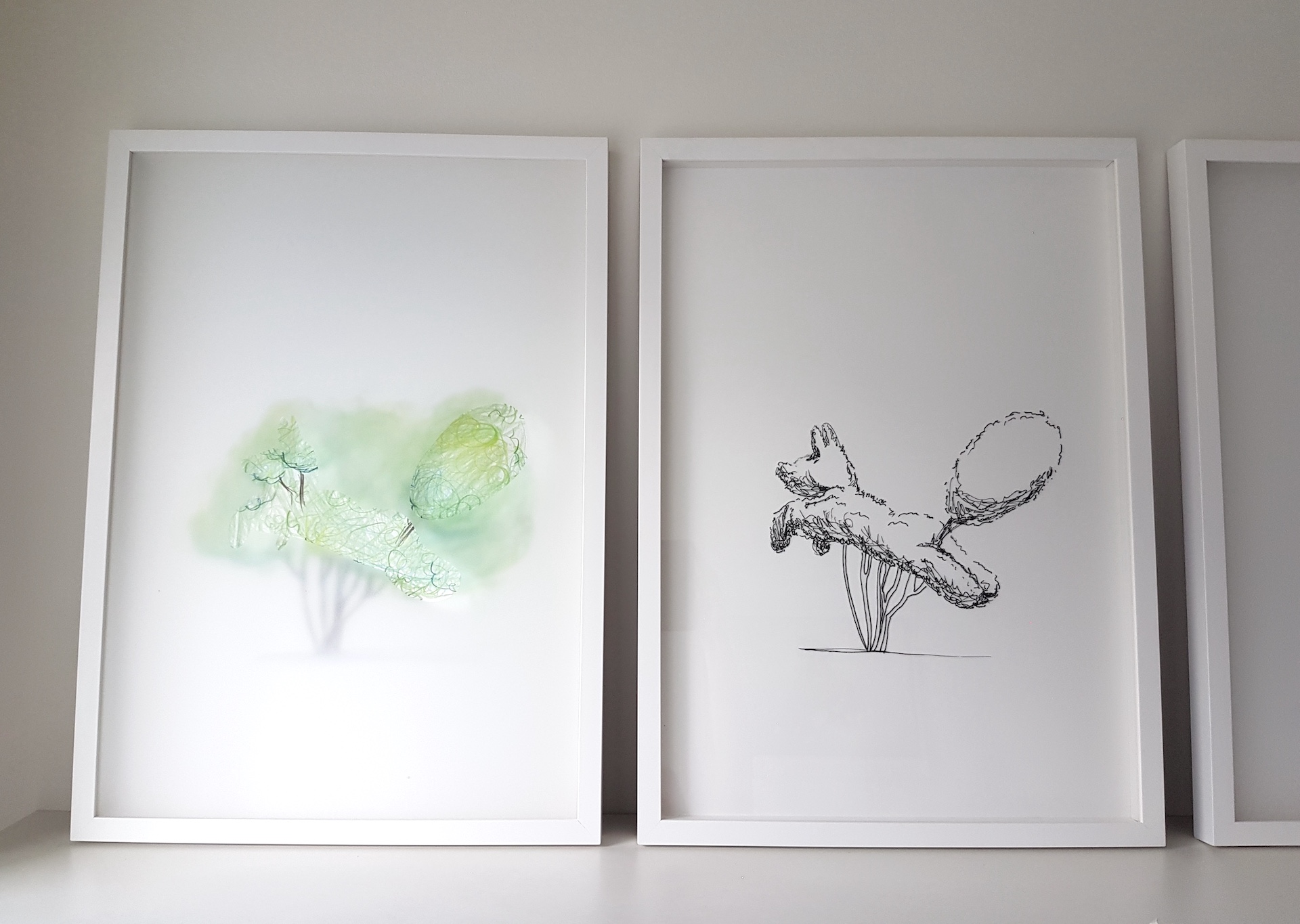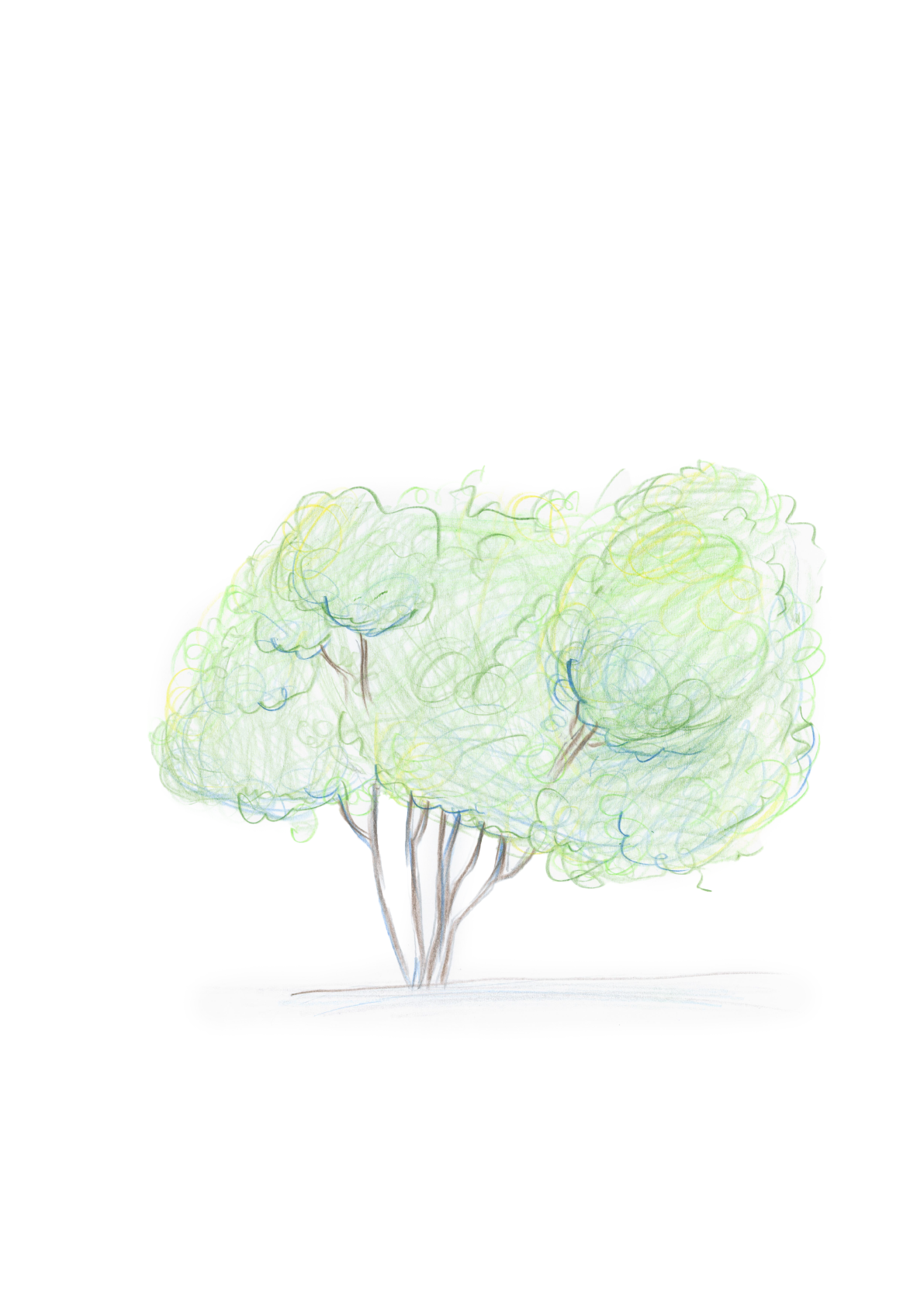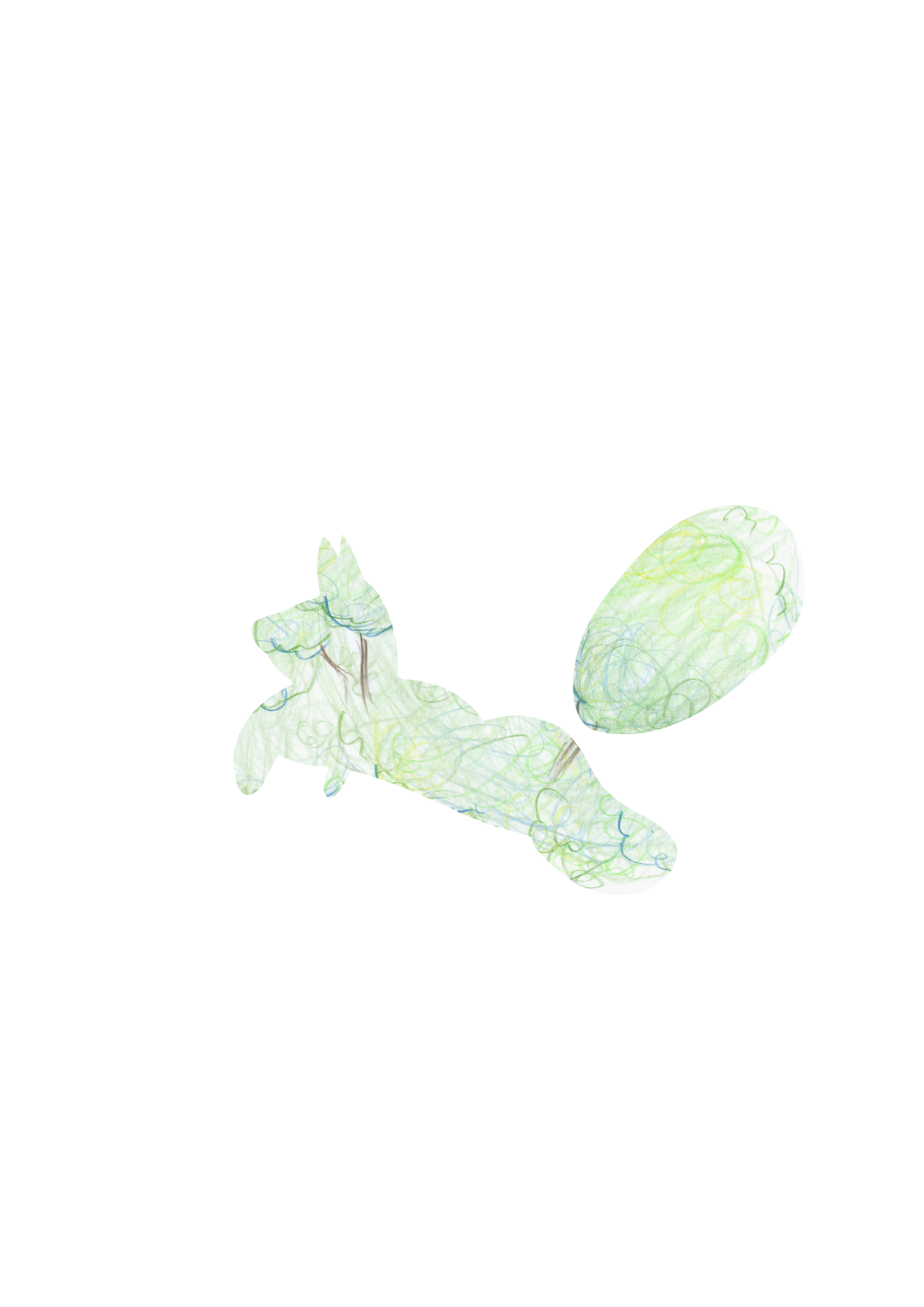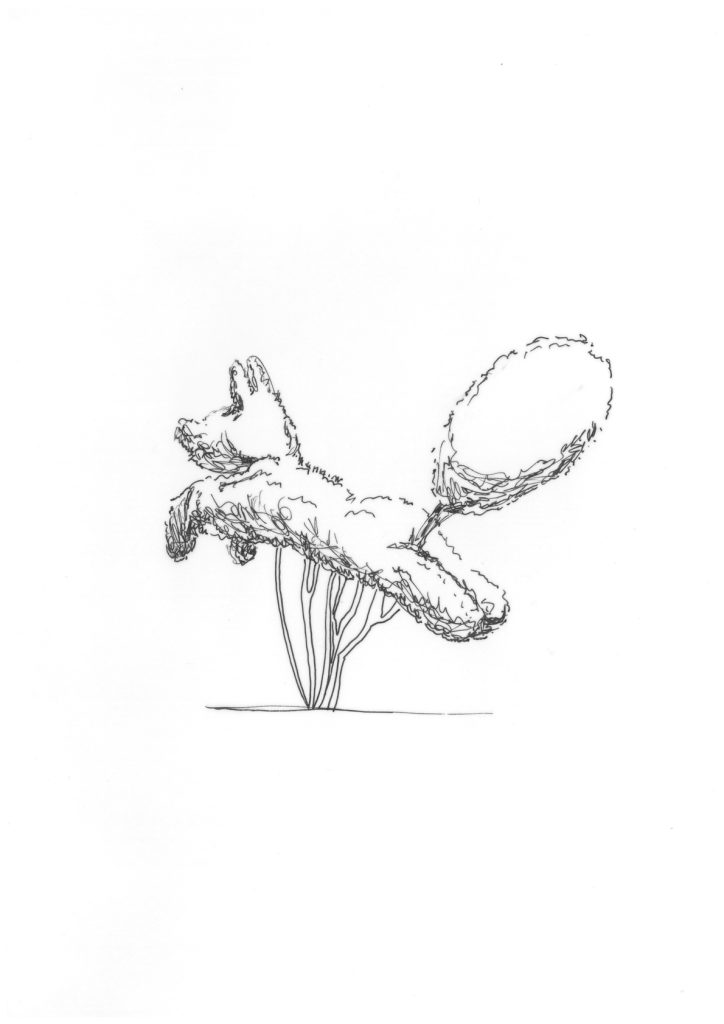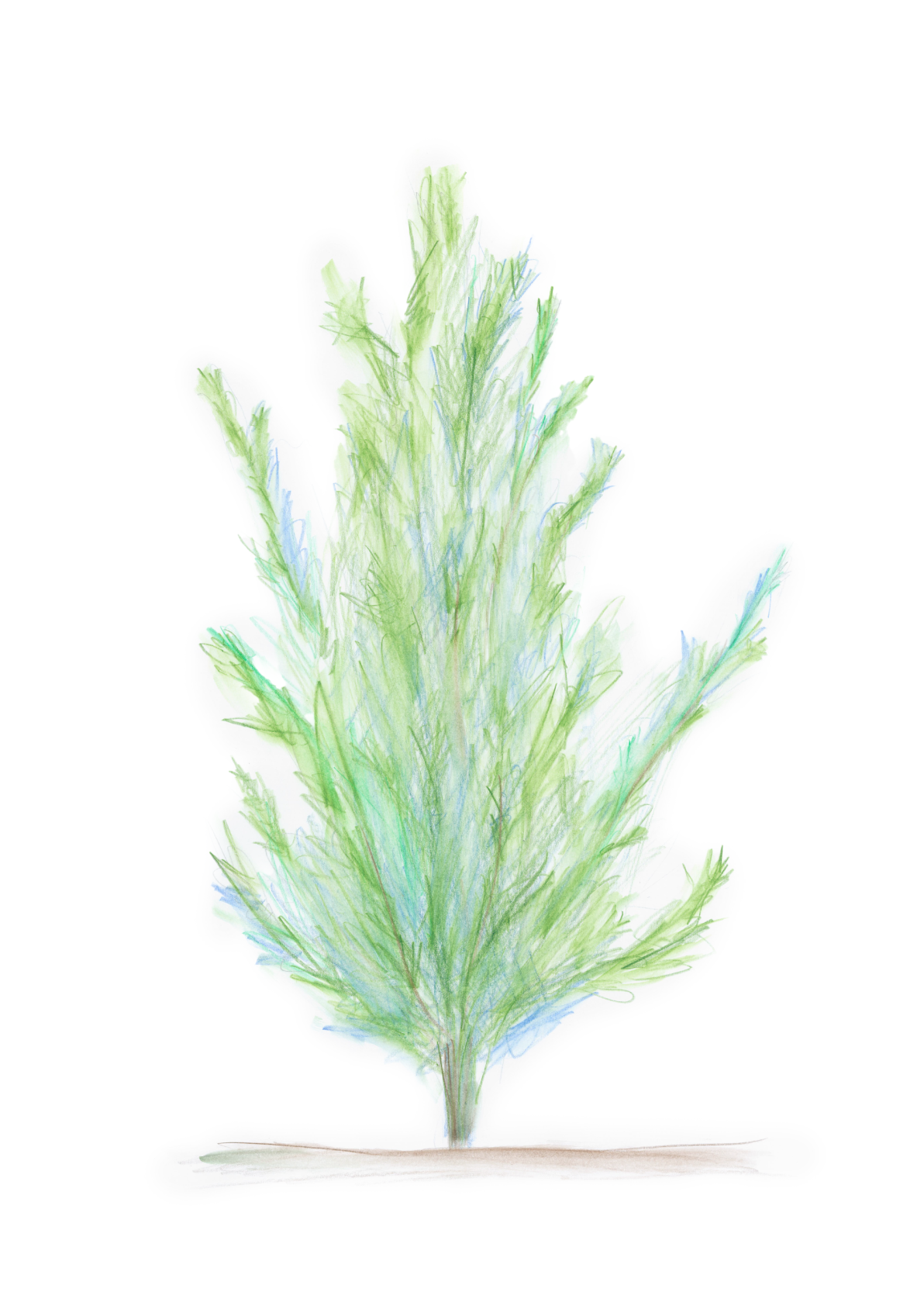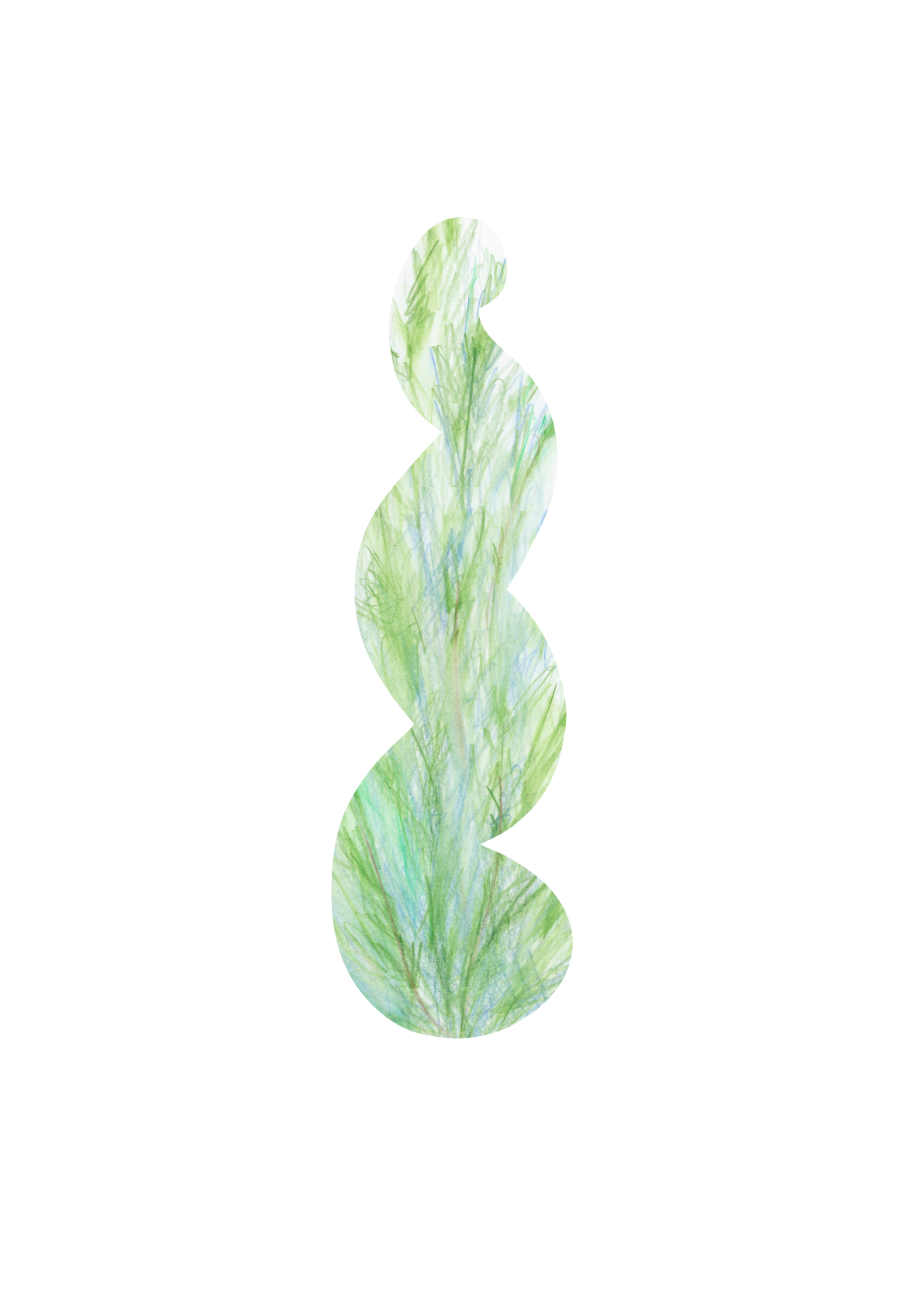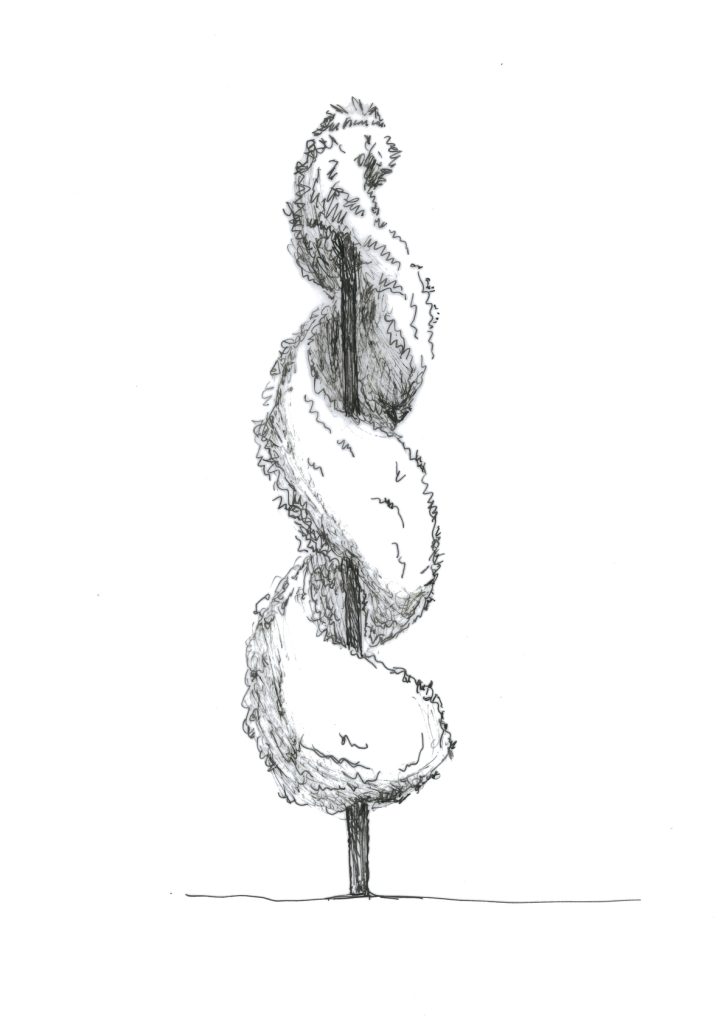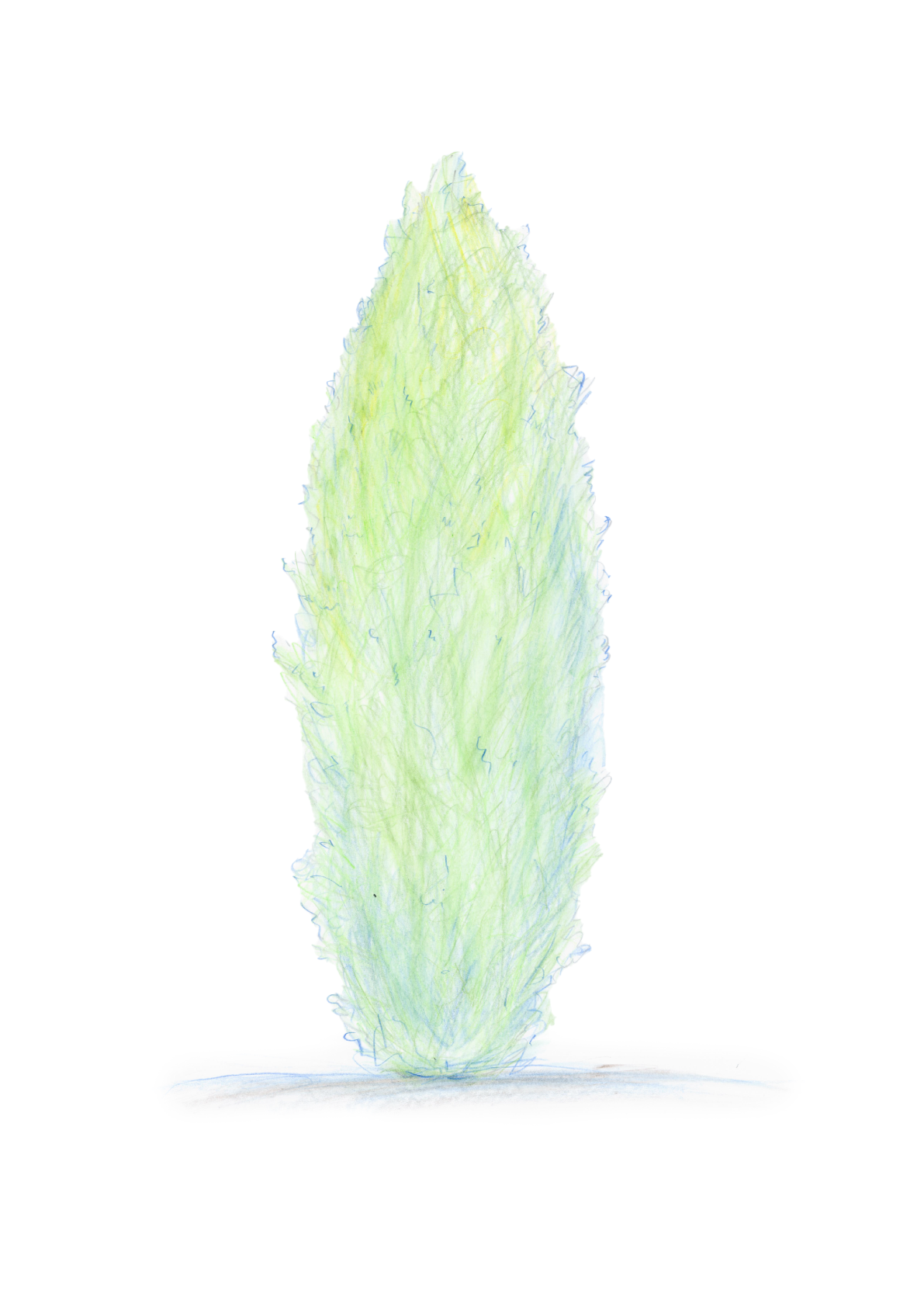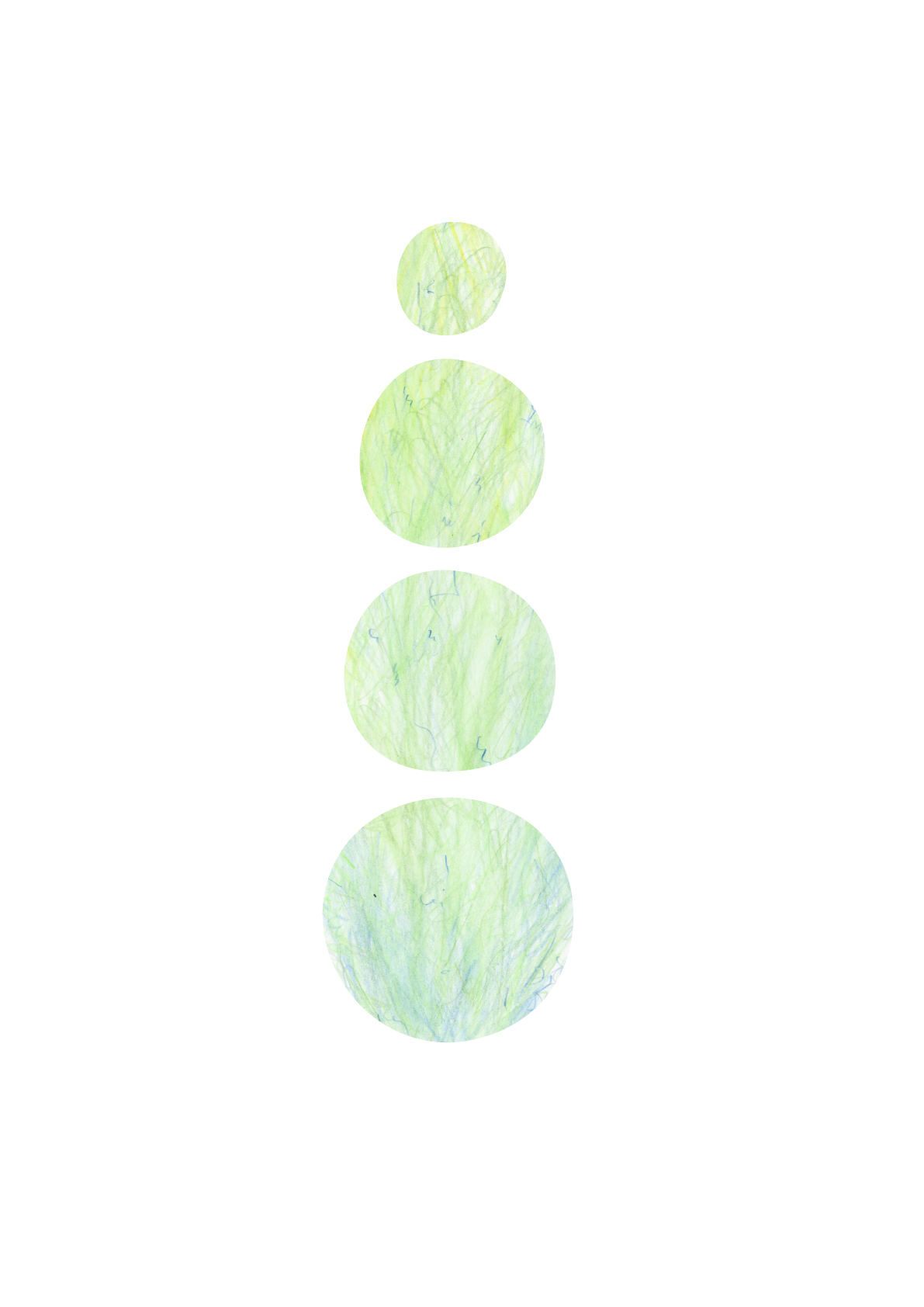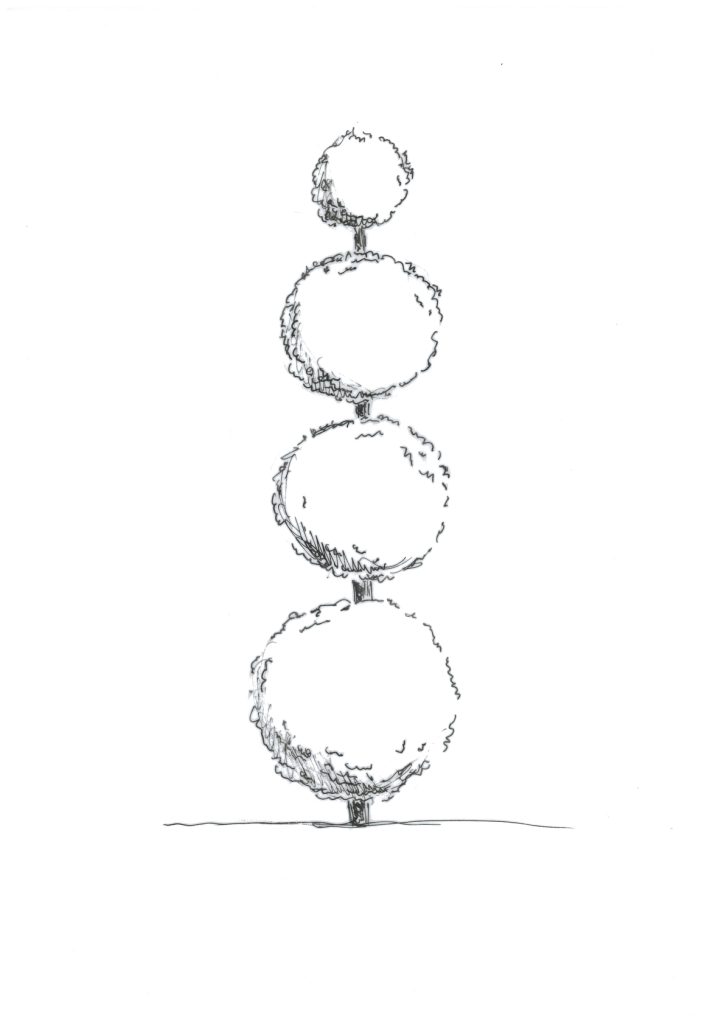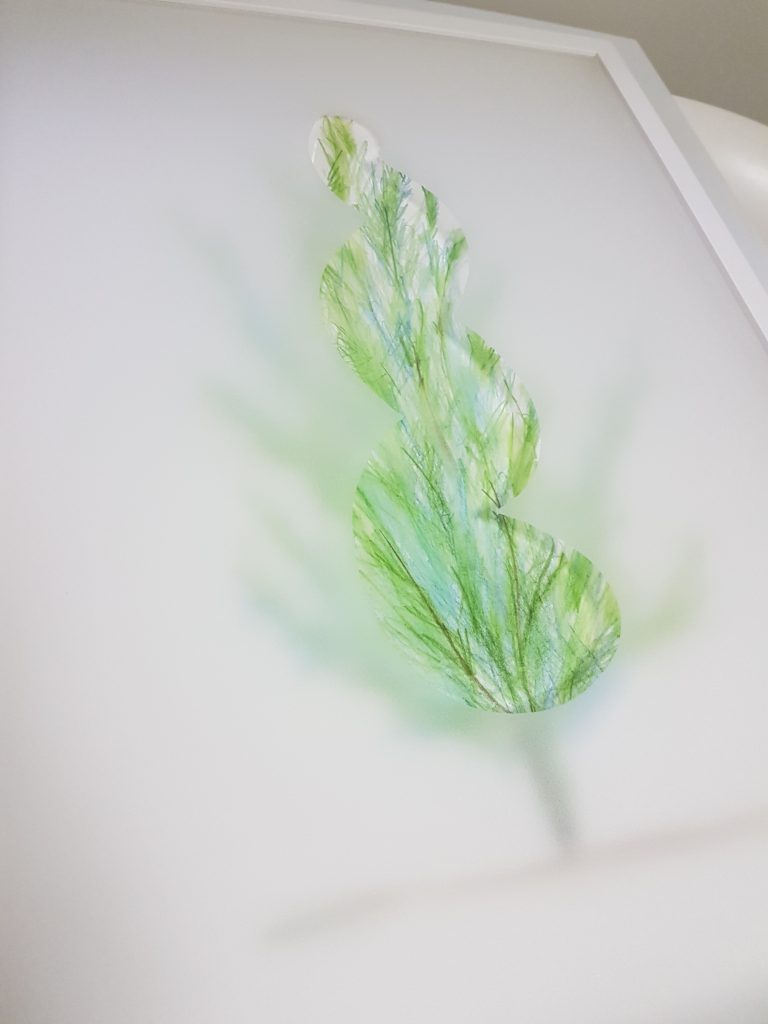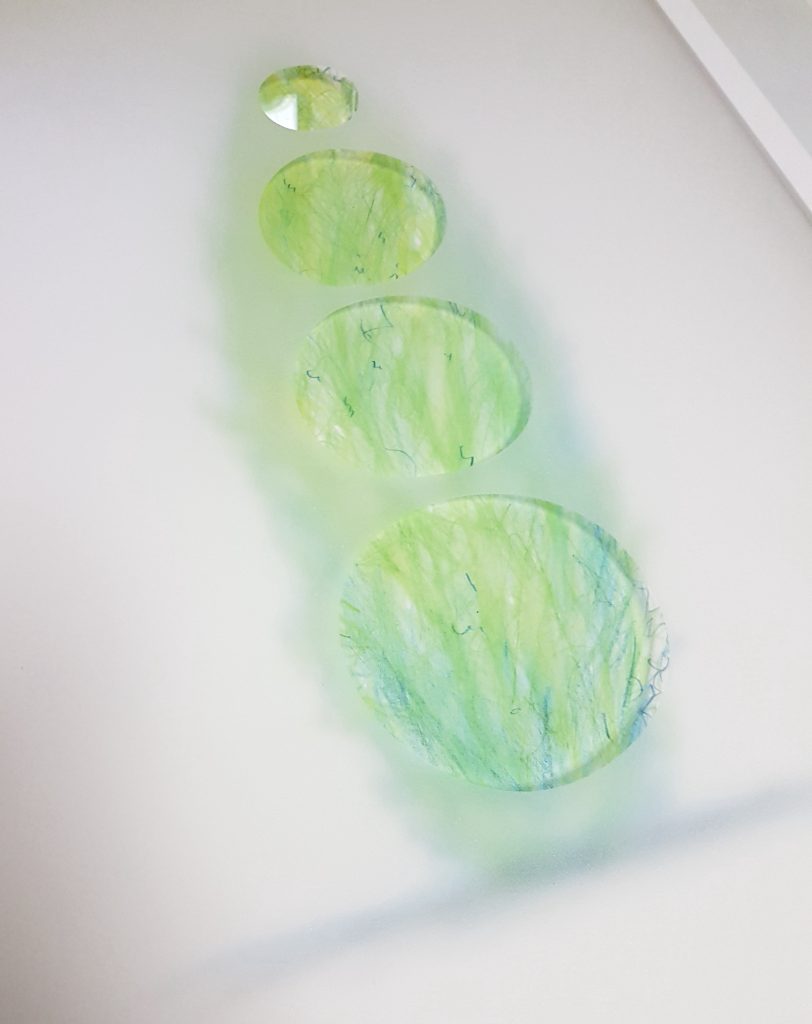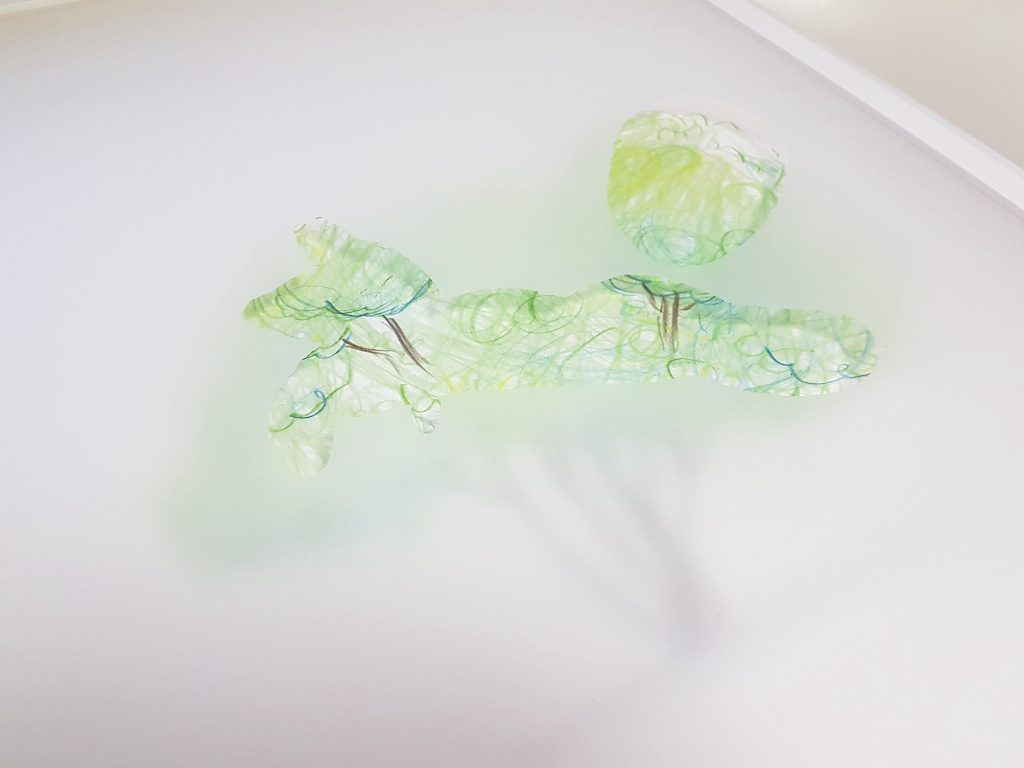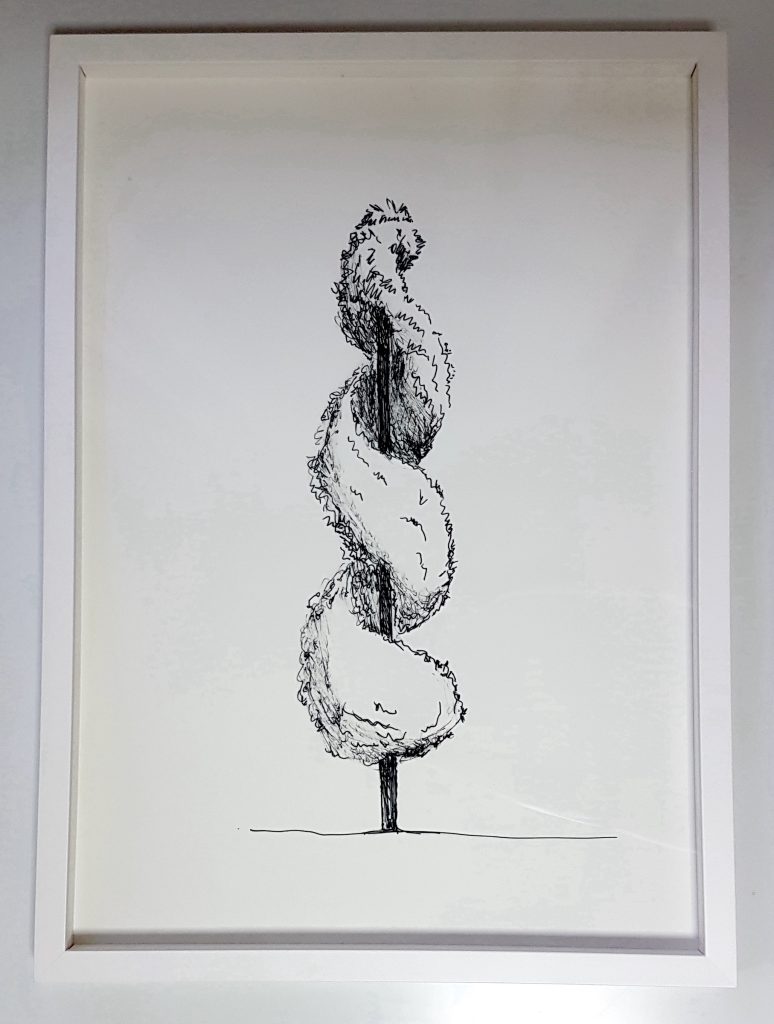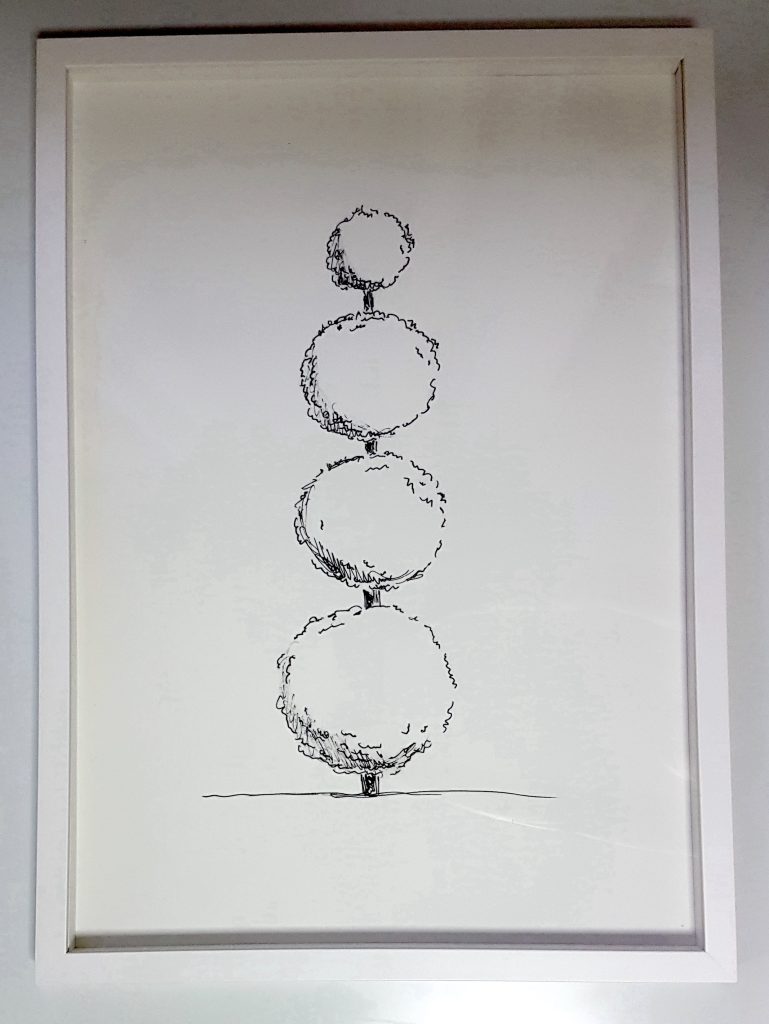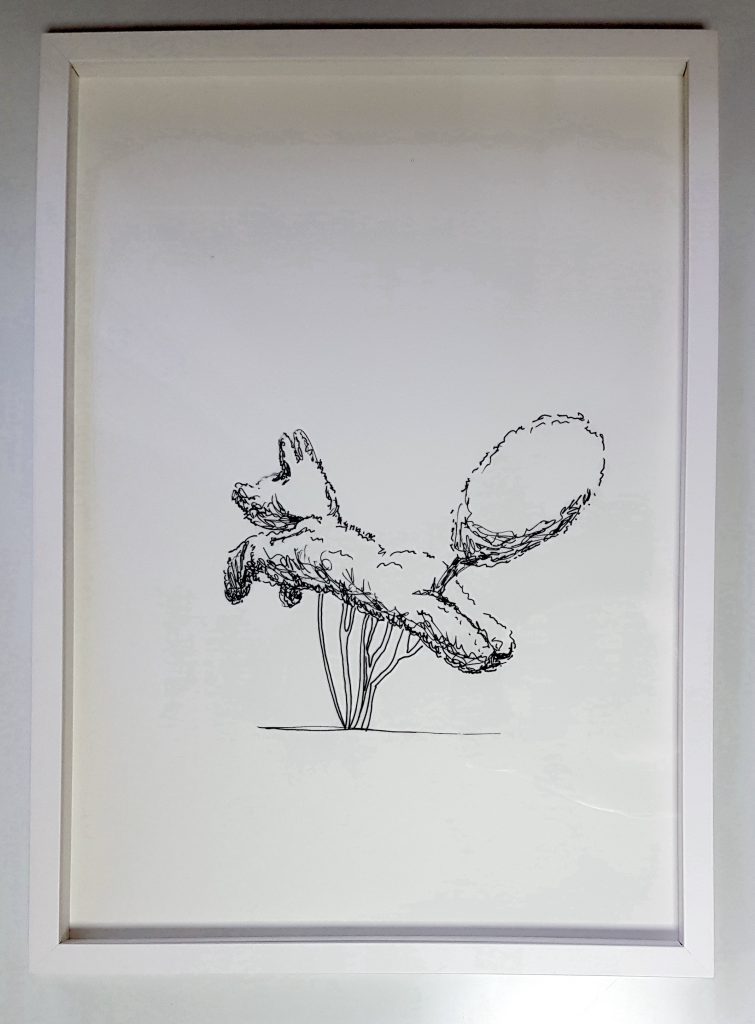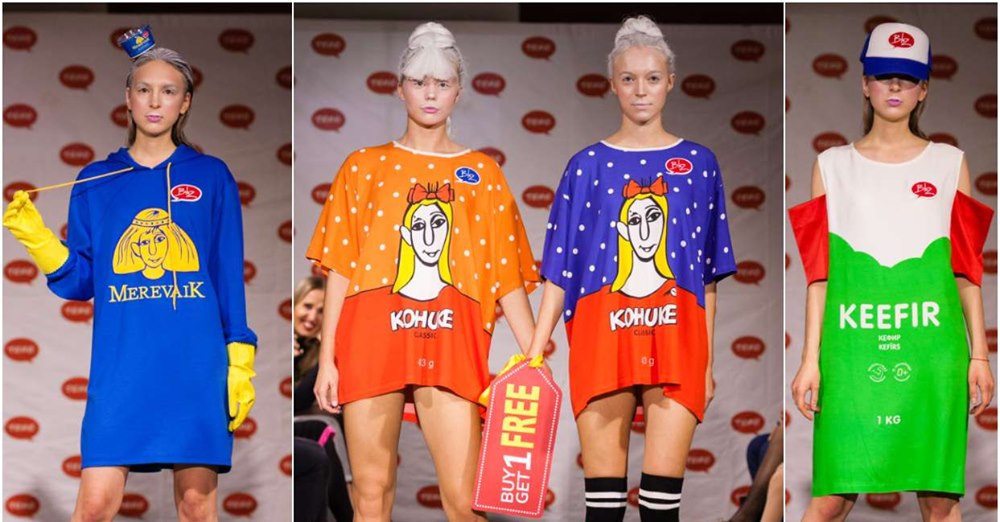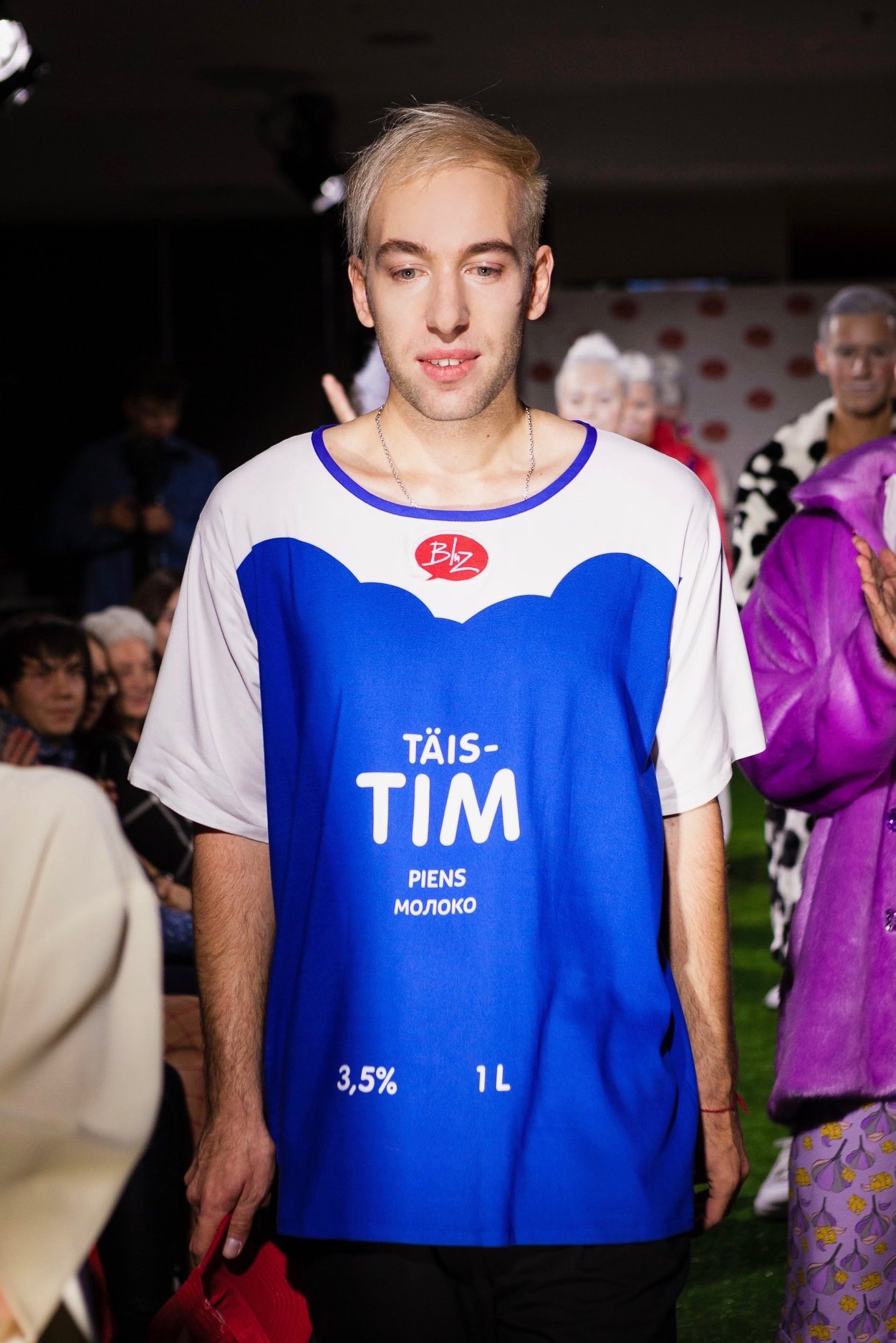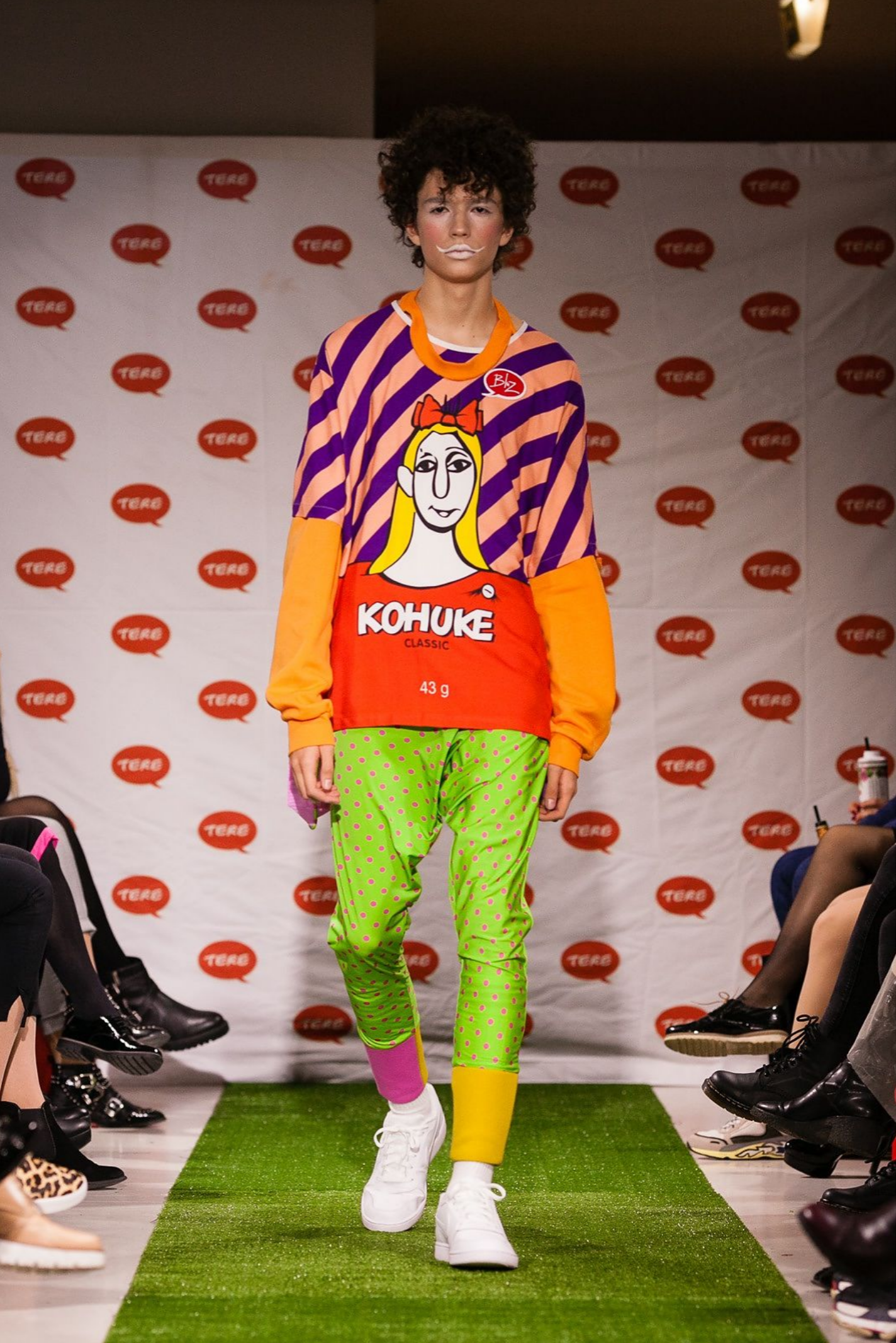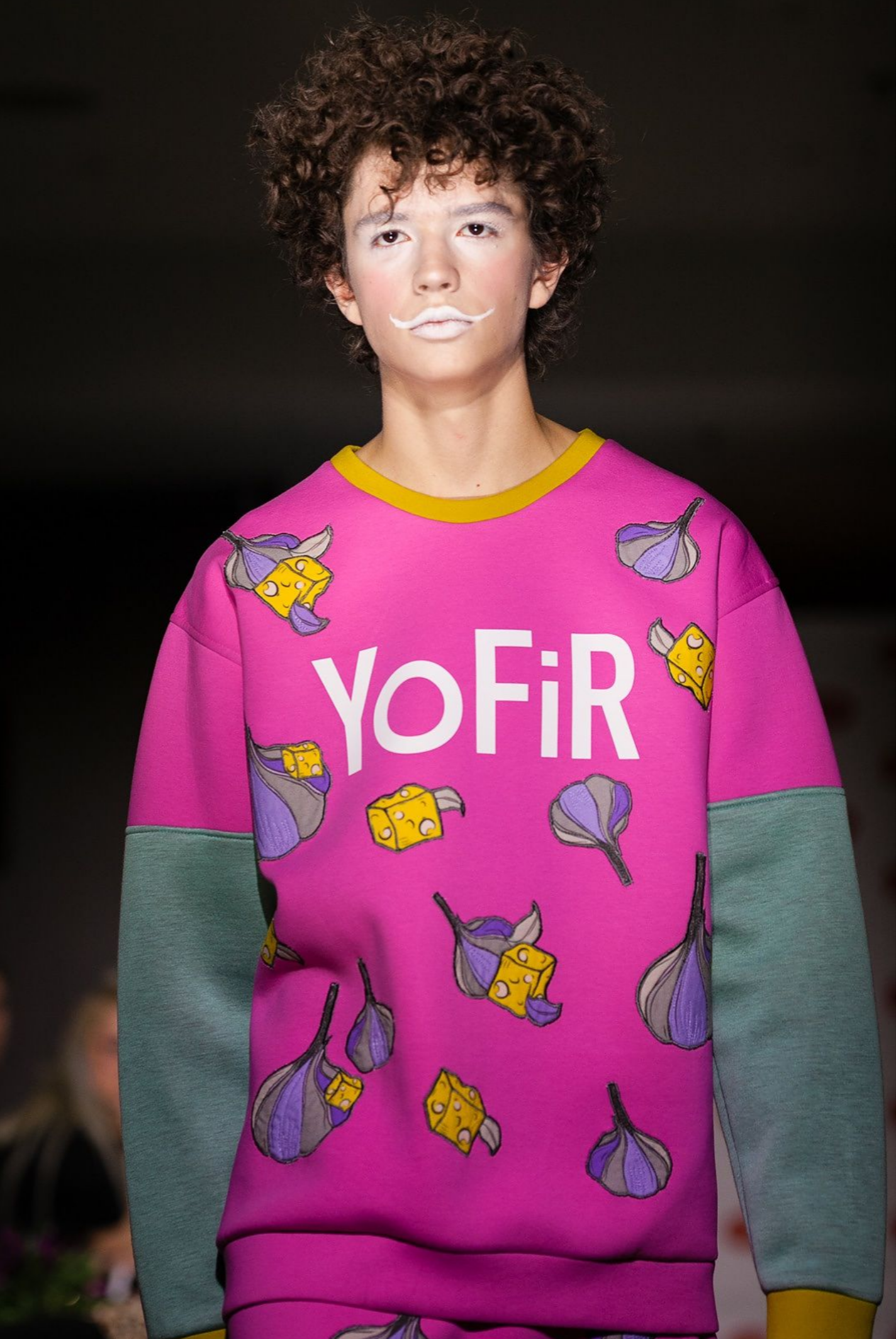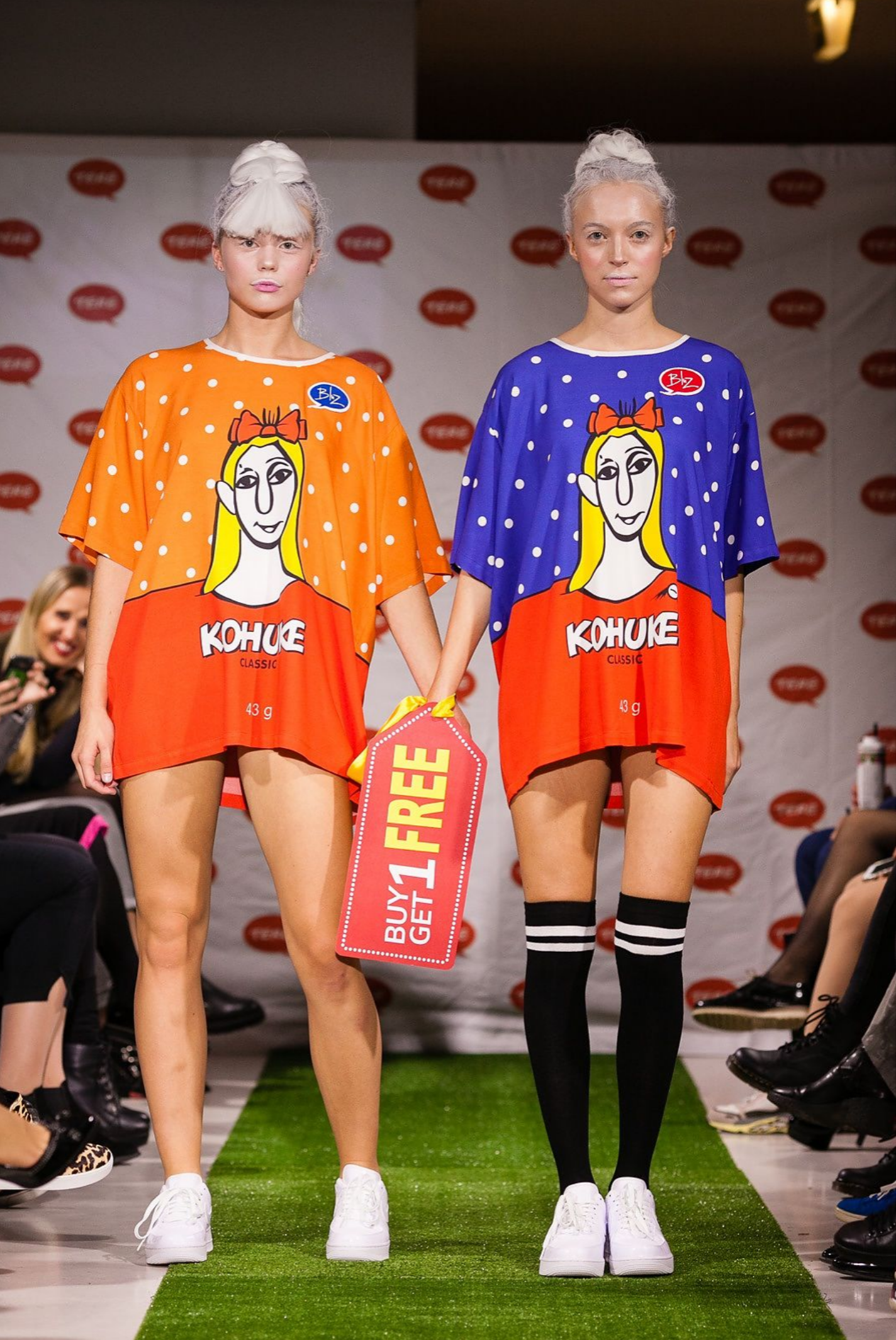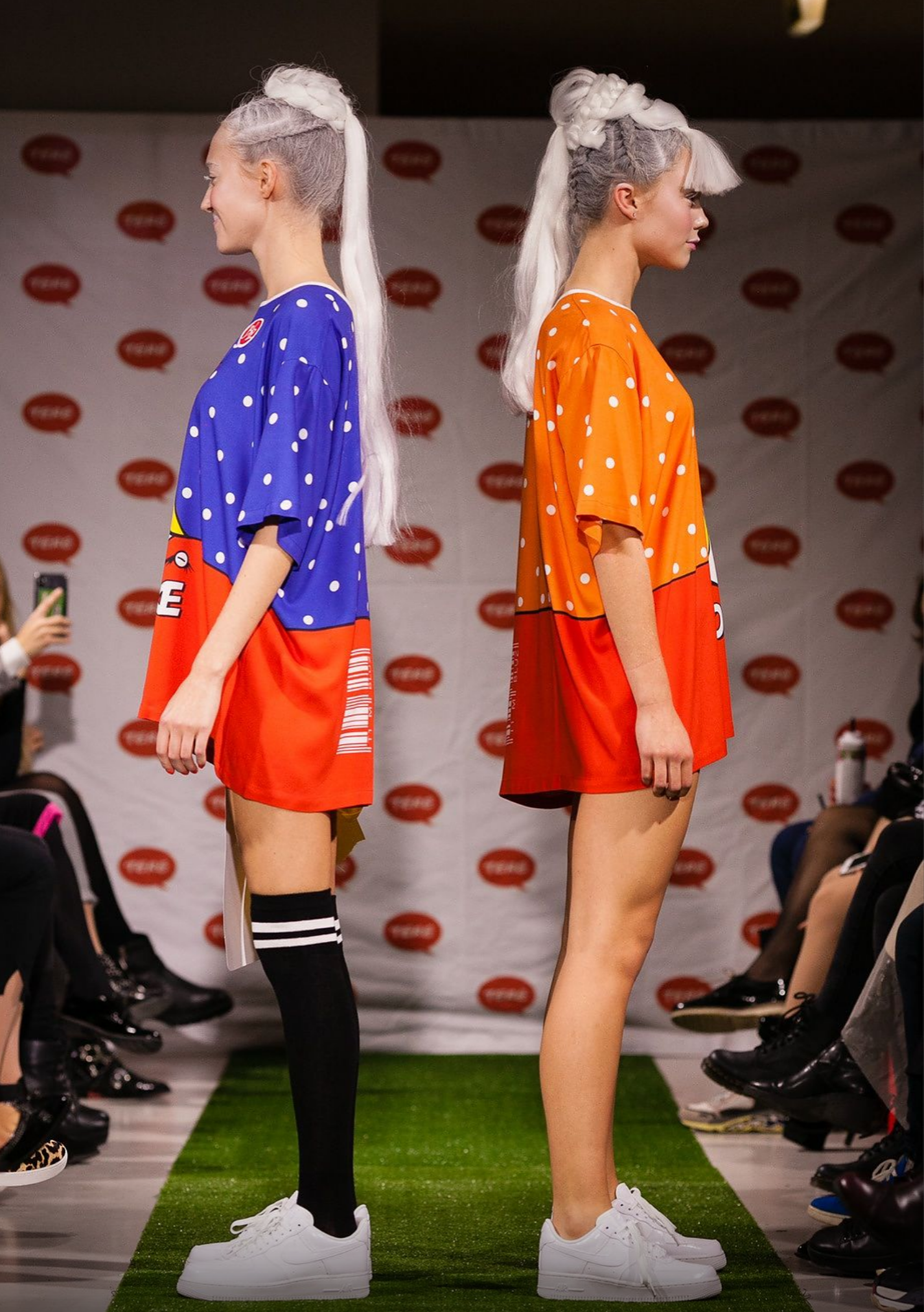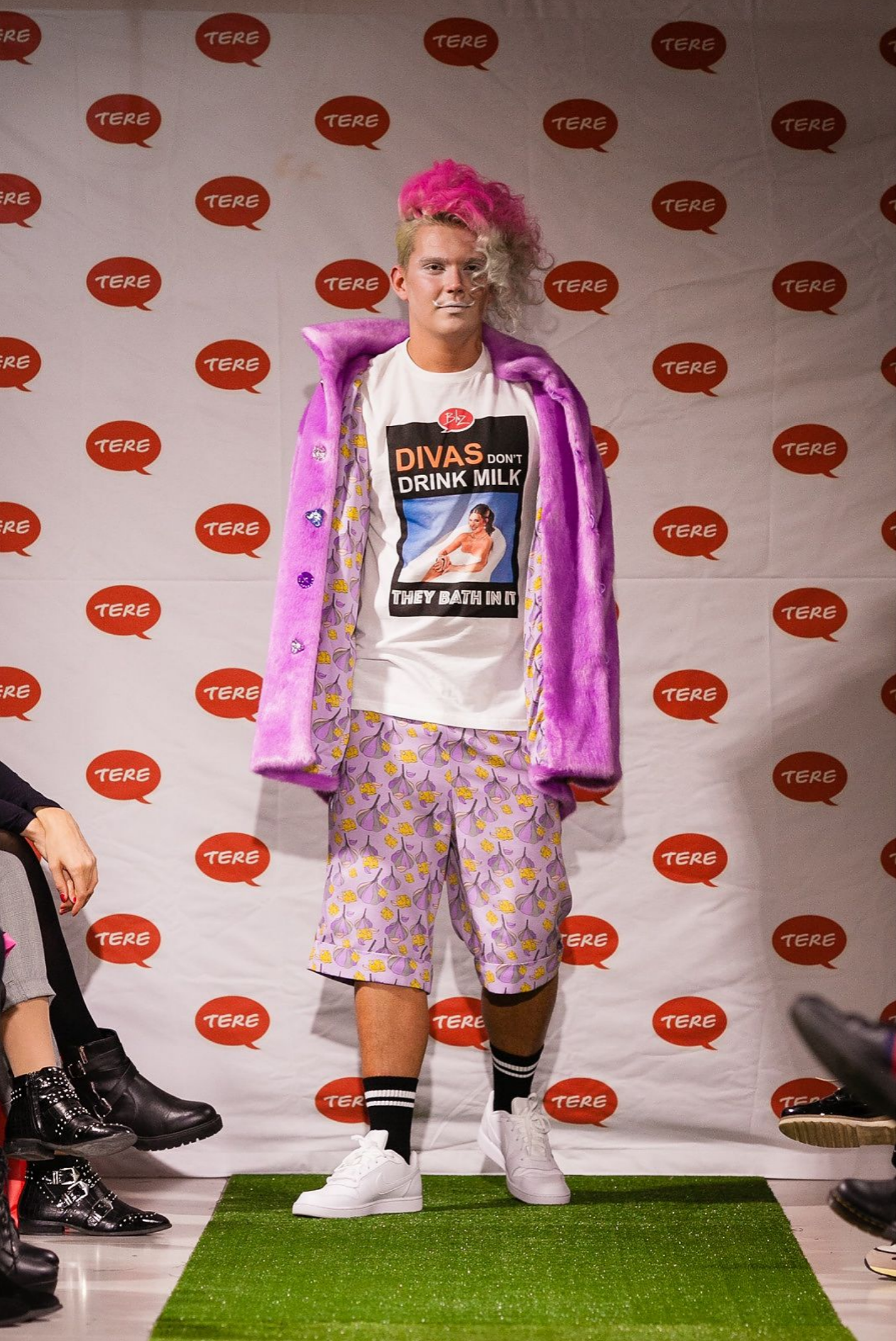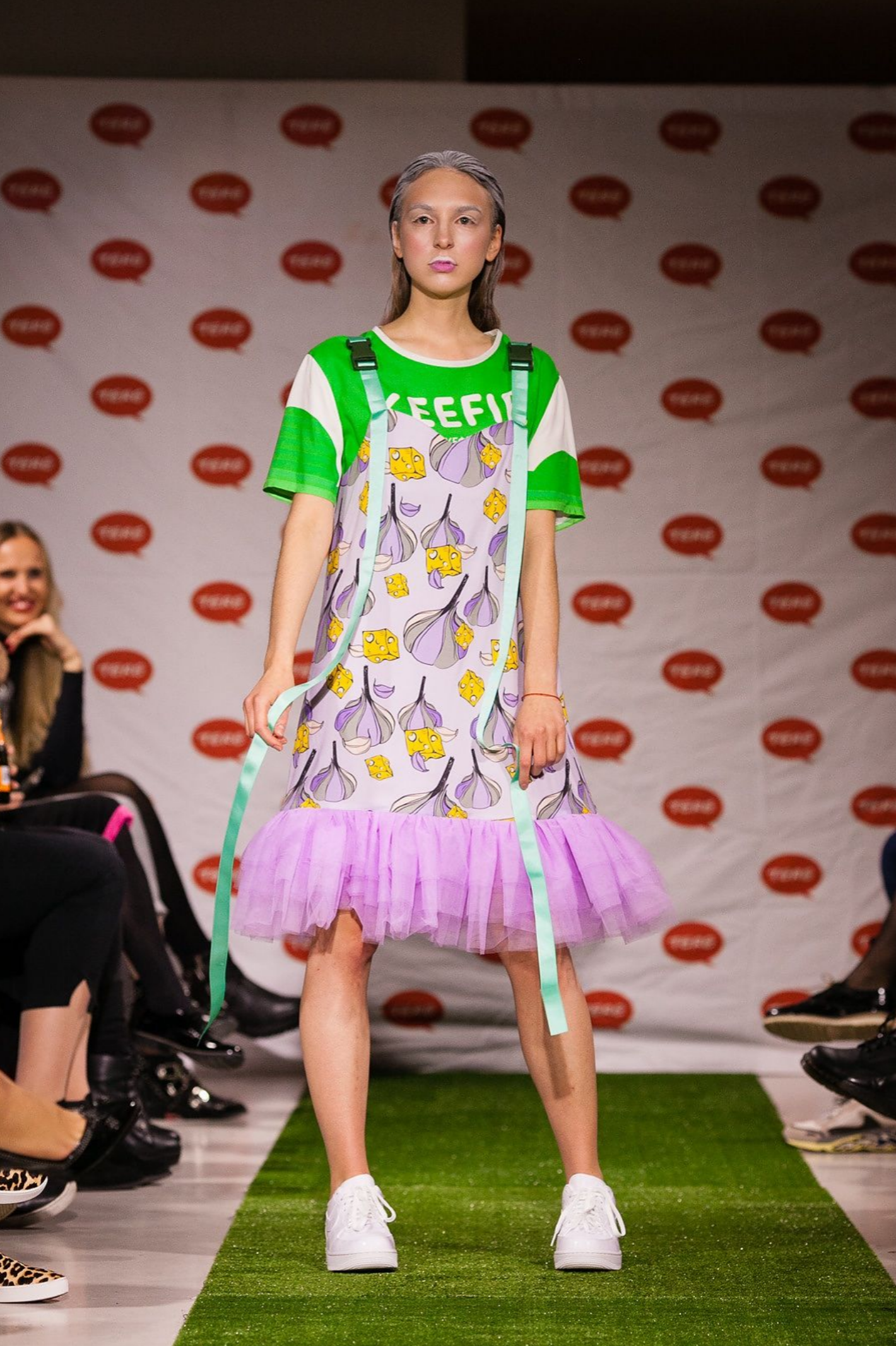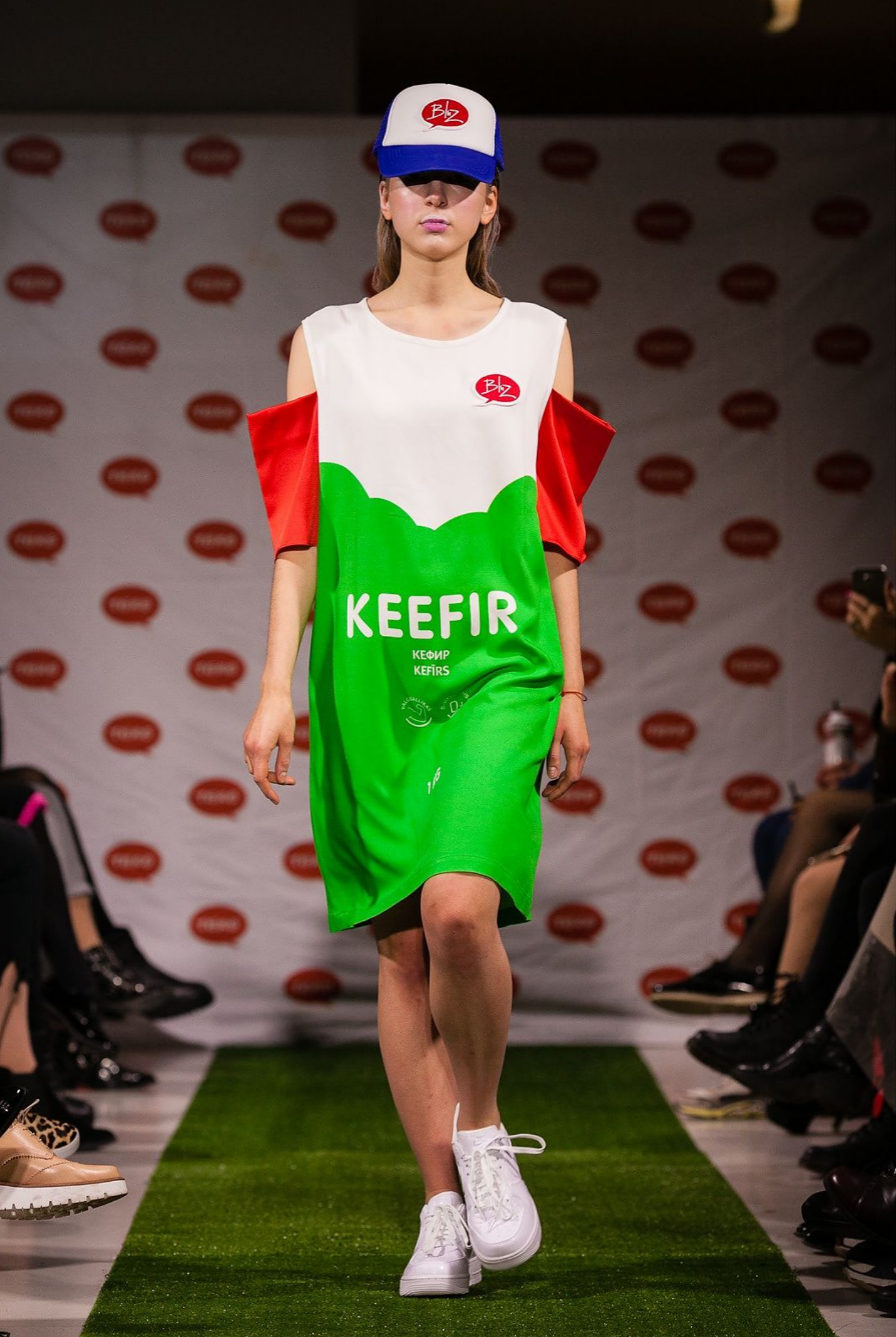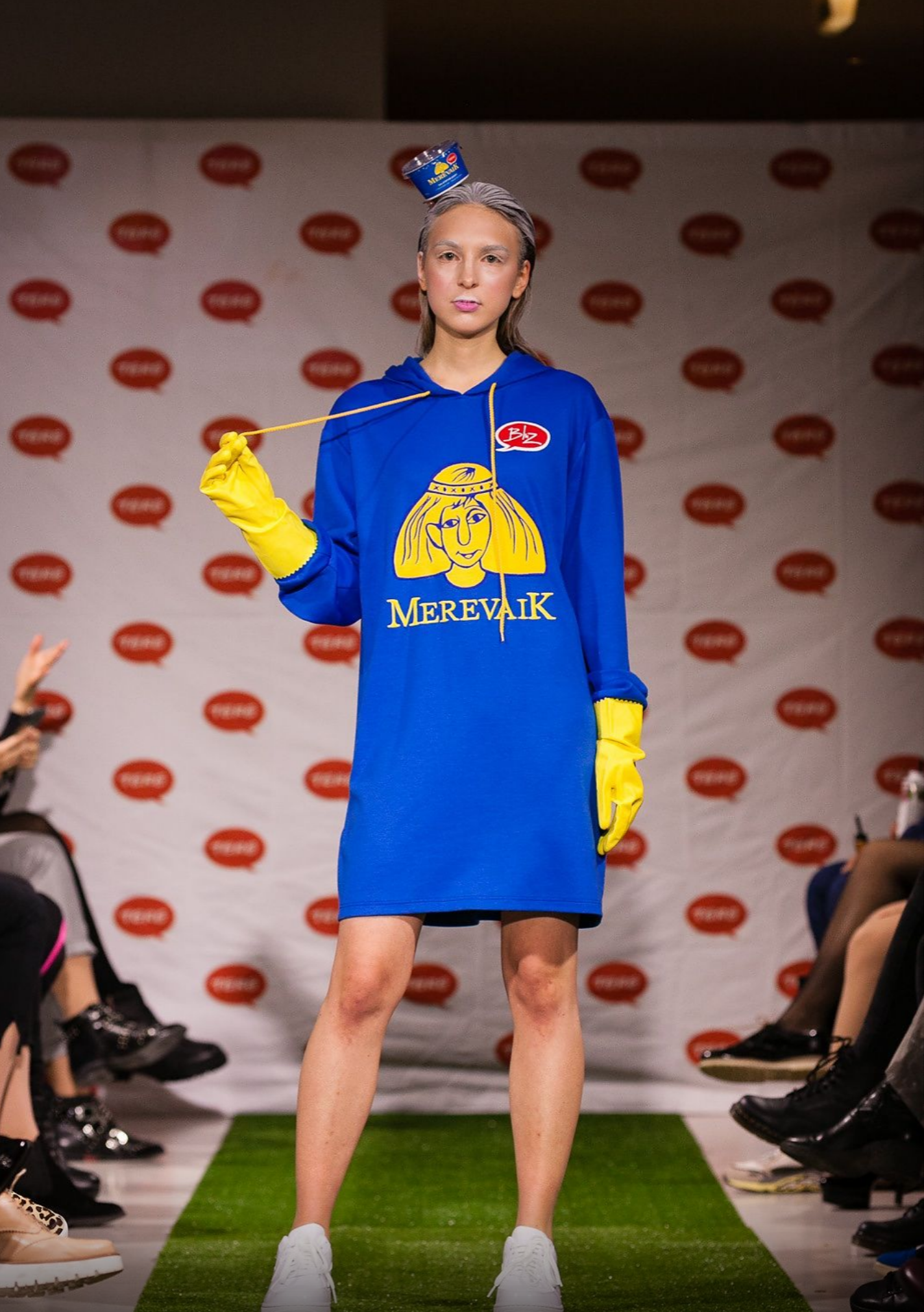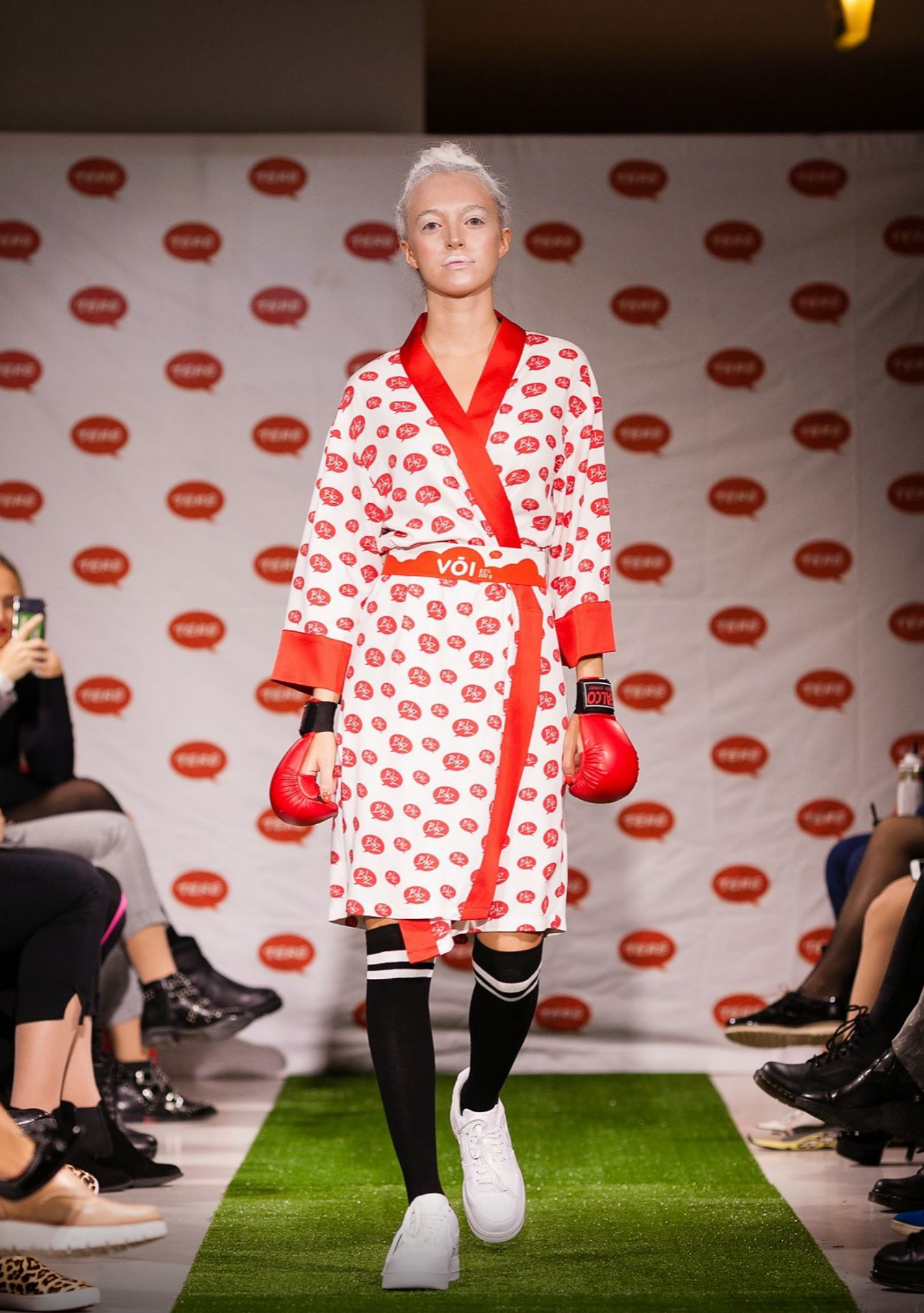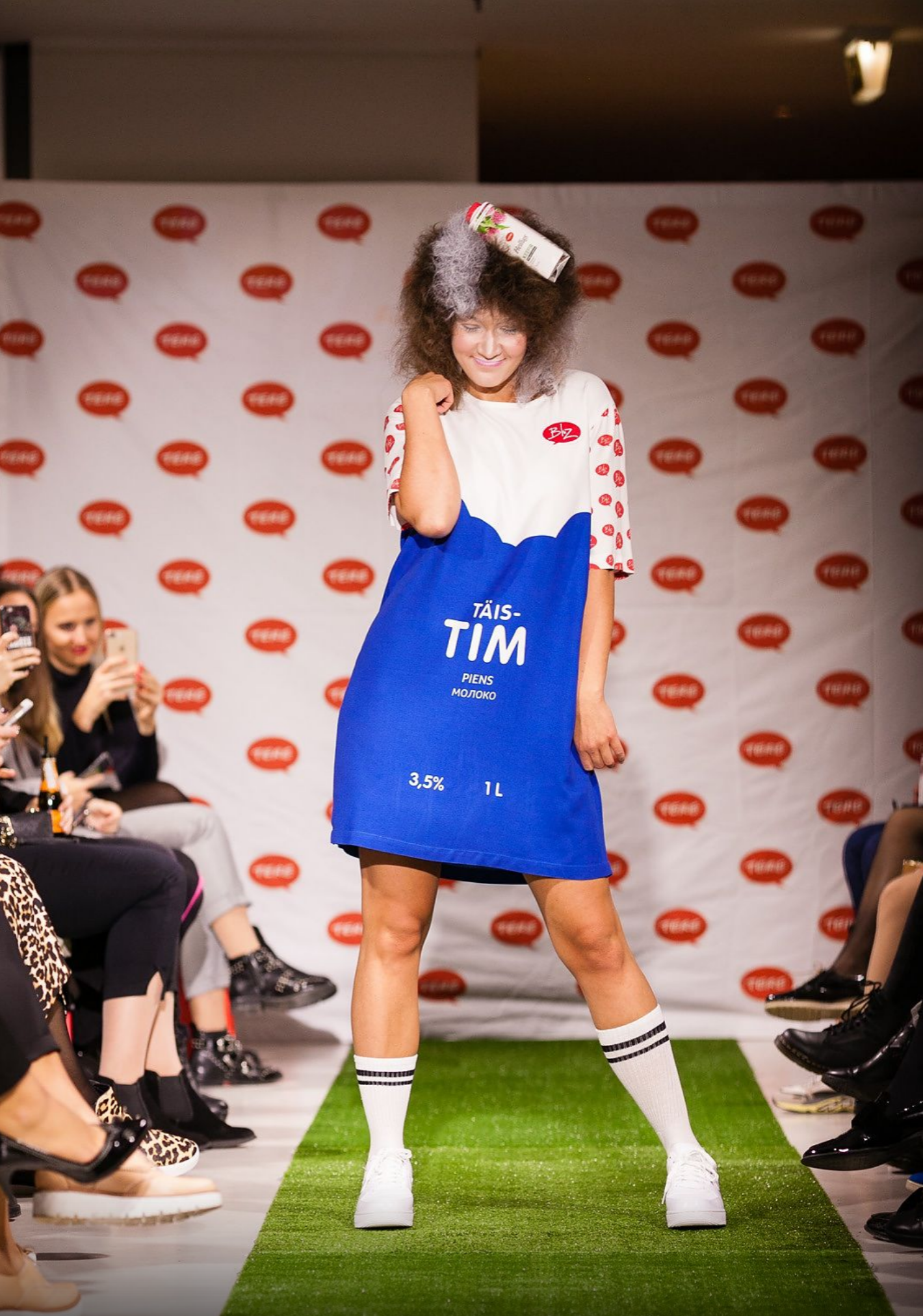Your cart is currently empty!
Category: Collections & projects
-

Meadow series oil paintings: “Let’s be reasonable!”
Natural meadows are rich ecosystems, home to both common and rare species that are vital to our region. They support pollinators—bees, butterflies, and countless others—whose work ensures not only healthy diets for us but also the survival of our planet.
Sadly, human expansion and intensive farming practices, such as monocultures and heavy chemical use, have depleted these delicate habitats. The diversity of plants, animals, fungi, and microorganisms—including bacteria—forms the foundation of a healthy natural world, and its loss is deeply felt.
Protecting biodiversity doesn’t mean halting farming or growth, but it does call for balance. Restoring fields to meadows is possible with long-term care and commitment, often taking 6–10 years. Sustainable choices today ensure living landscapes for tomorrow. Let’s be reasonable!
Meadows also gift us with beauty: a seasonal rhythm of blossoming, withering, and returning life. Many of these plants inspire my Meadow Series paintings and appear throughout my nature-themed artworks, including prints and monotypes. Beyond painting, I also document the living beauty of meadows through photography. My personal collection of flora, fauna, and fungi can be explored on the Kakusalu Instagram feed, offering another window into the inspiration behind my art.
Oil and acrylic paintings 2010-2024
-

Fine art project “Is form the norm?”



Adapting to shape changes: nature, form, and environment
Adapting to changes in form is a process of environmental adaptation. What sets humans apart is the freedom to choose between a shaped or formless state, to alter a form, or to change the surrounding environment.
But is this normal?
The inspiration for this art piece came from gardening, raising the aesthetic question of what is considered beautiful —whether a fertilized and pruned ornamental plant or a tree growing freely in an unrestricted environment. The form of the same species can vary greatly depending on the purpose; it all depends on what we expect from the growth and where it thrives. The inherent originality and diversity of nature are expressed in every individual, with the environment determining the form.
Is form the norm?
This artwork explores the existential questions of being and appearance, reflecting on education and upbringing. Each unique individual exists in interaction with its environment.
Which influences which?
Is what we see the reality, or is it what we are allowed to see? Is everything immediately visible, or is there something hidden beneath the surface? How does the environment affect the observer or the observed? How does education shape us, and what norms do we have to consider in life? Is form the norm? What does society deem normal, and where do we draw the line in aesthetics? Should we follow socially approved conventions, or is the wild, self-growing nature more captivating?
Look, and you will see beyond!
2019, mixed media and technique, á 62,5 x 45 cm (24.61 x 17.72 in)






-

Allergic to milk
That’s the fun part of my job! Designer Tim Bluz unveiled his “Allergic to Milk” collection, which exceeded all expectations. “If I can’t drink milk, I can wear it!” he said. His designs drew inspiration from Estonian dairy product packaging.
The technical execution and preparation began several months before the show—ideas, sketches, fabric print samples… a mix of failures and successes. Seeing the final result on stage was far more impressive than anything I could have imagined from a desktop monitor.
Many thanks to Tim for including me and trusting me with this project. It was a true honor to be part of the behind-the-scenes team.
Read news and see photos ‹ Anne ja Stiili Delfi story.











Photo credits: Maksim Toome
